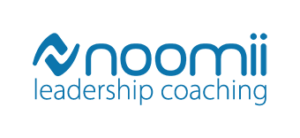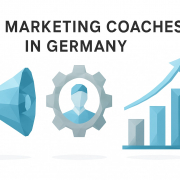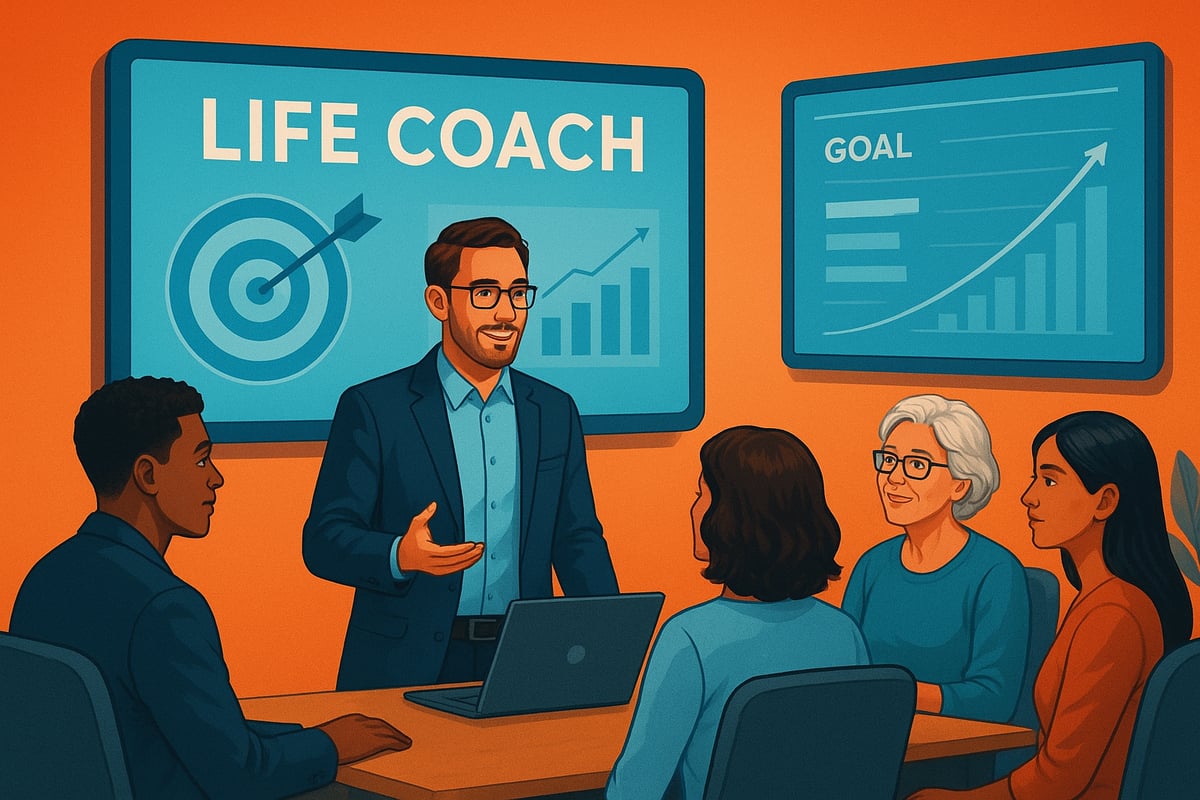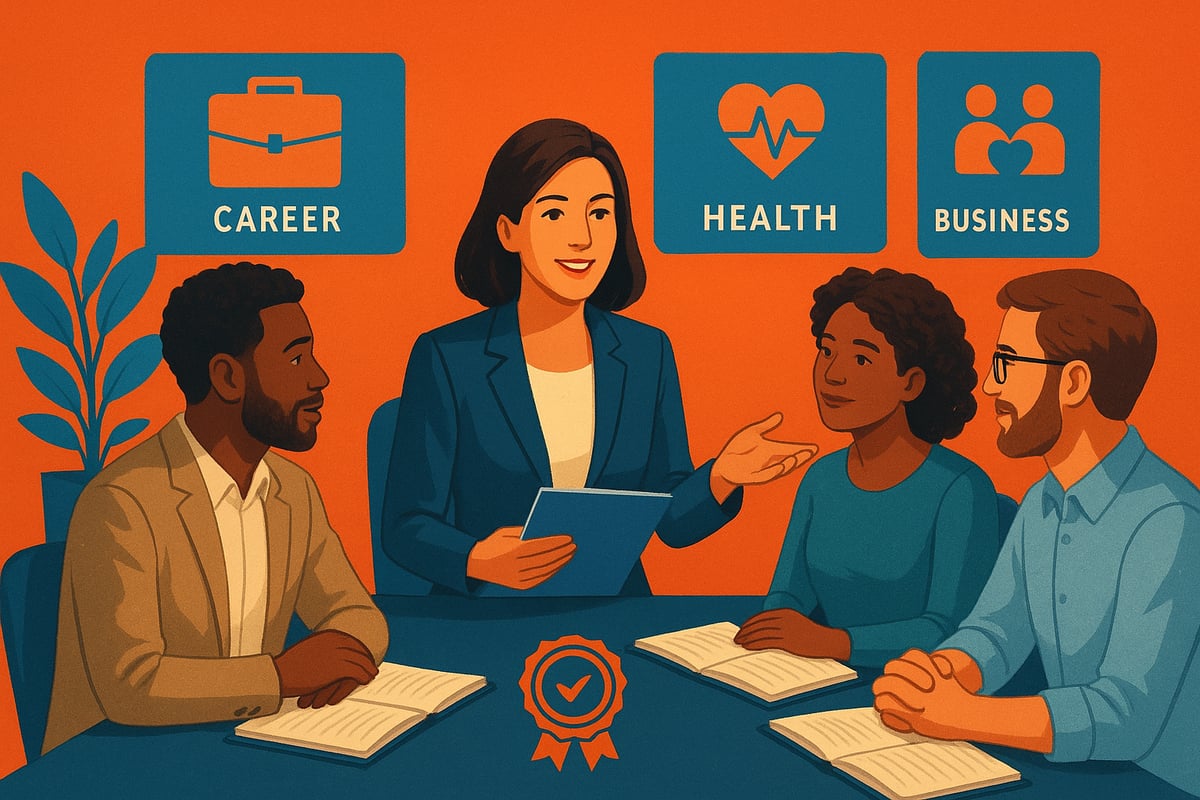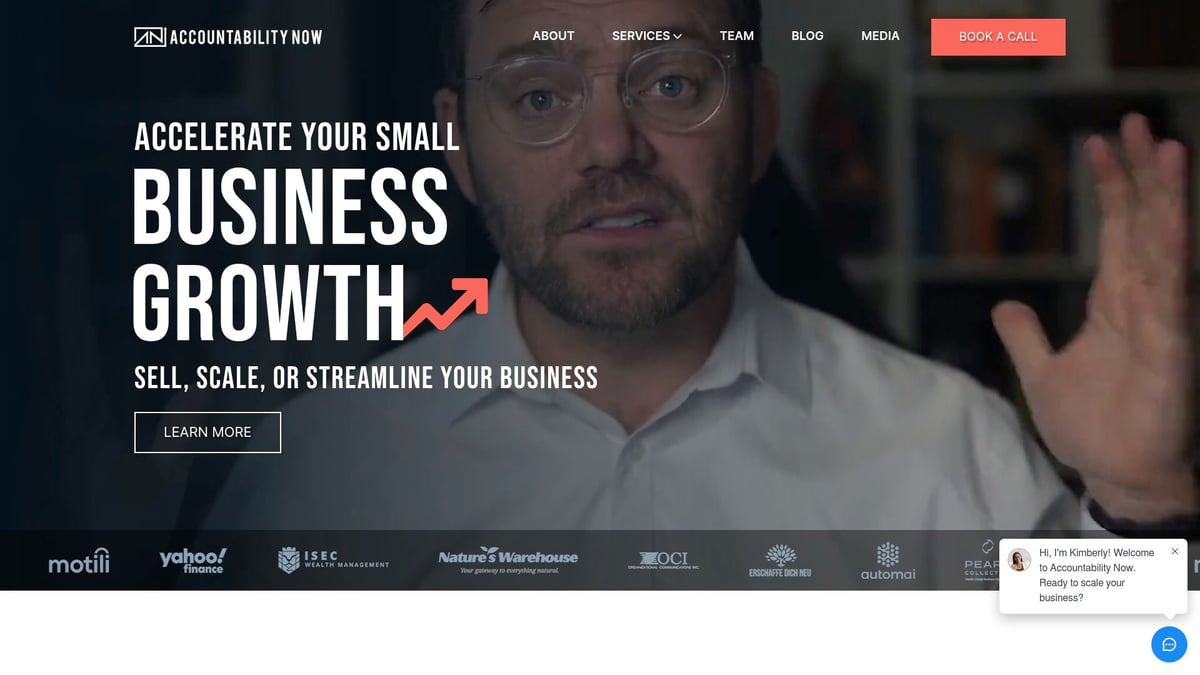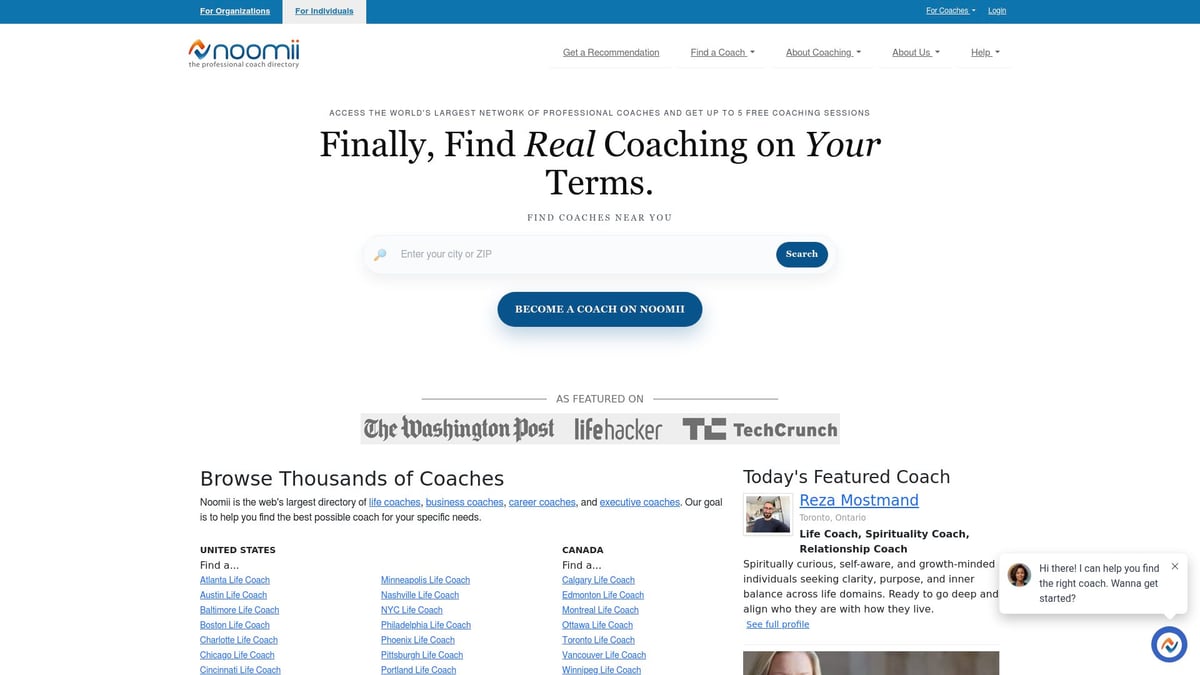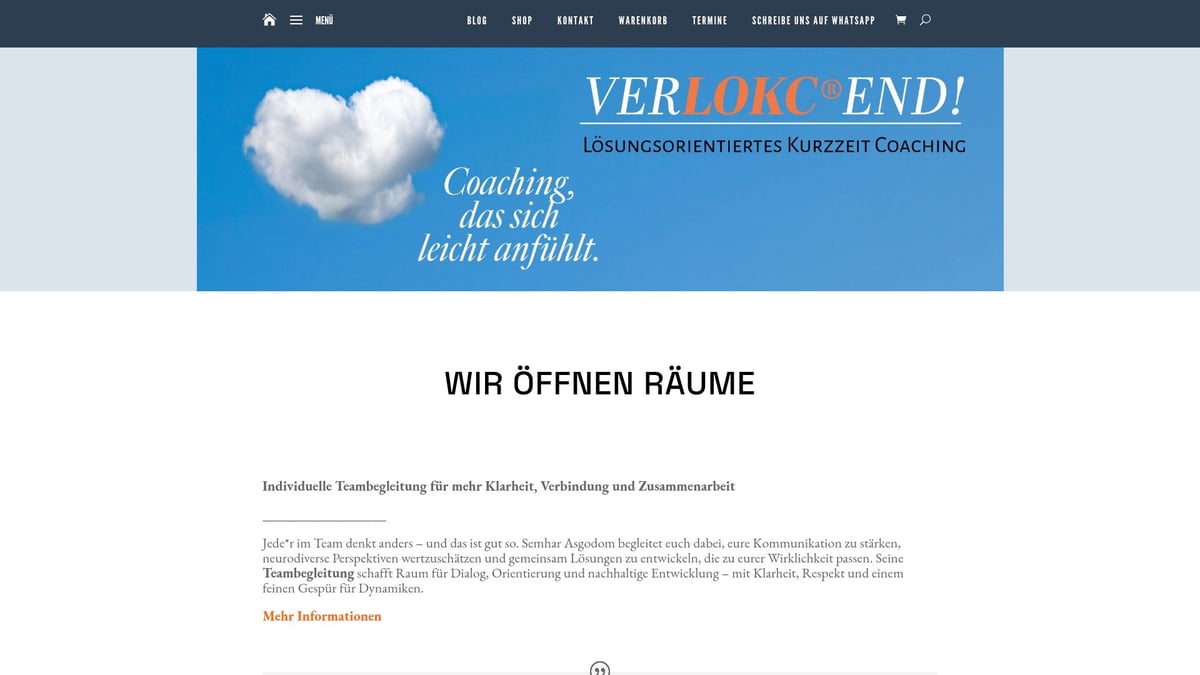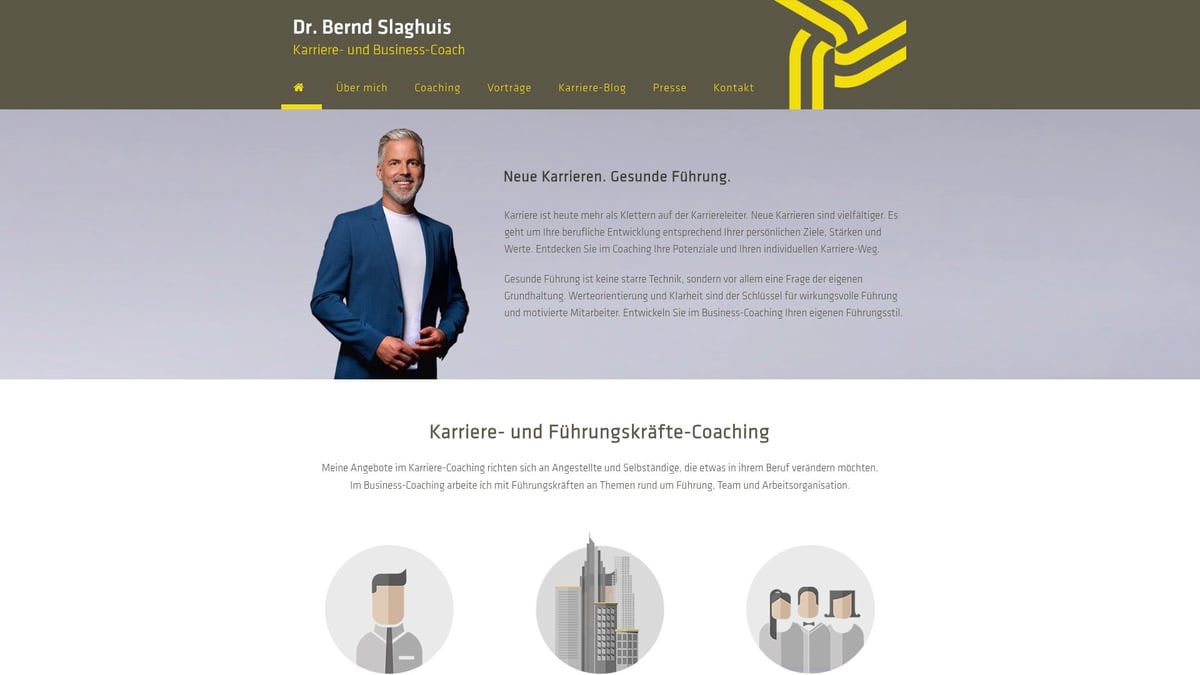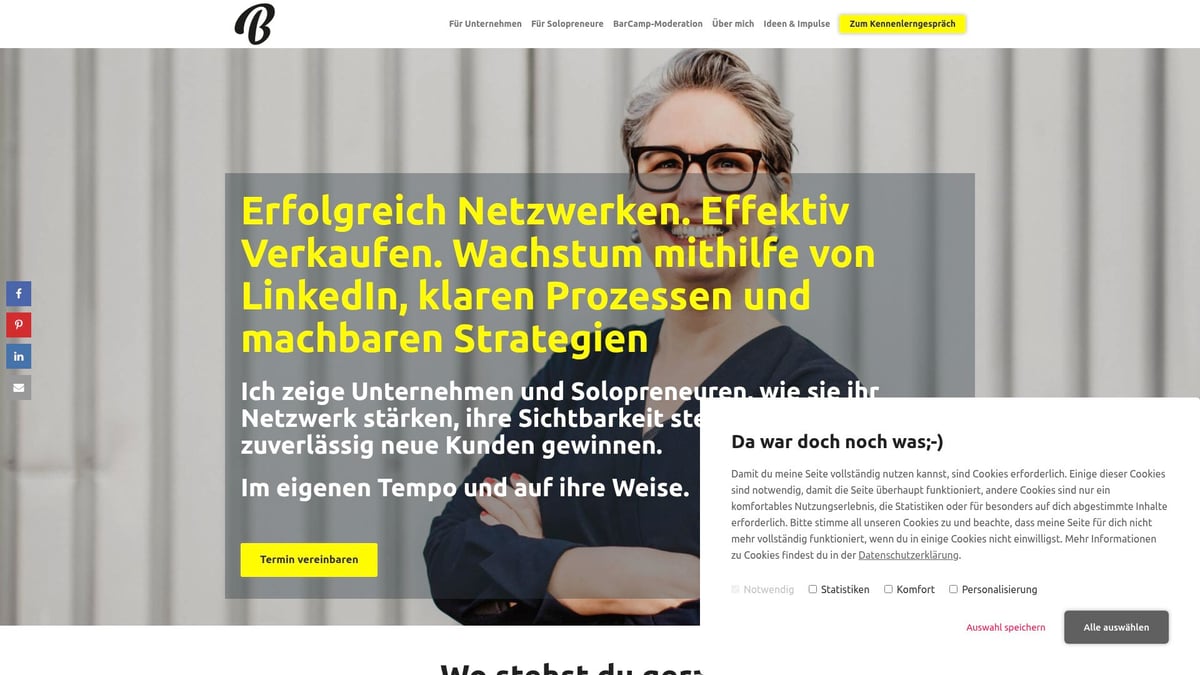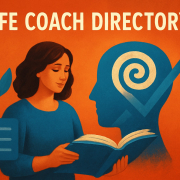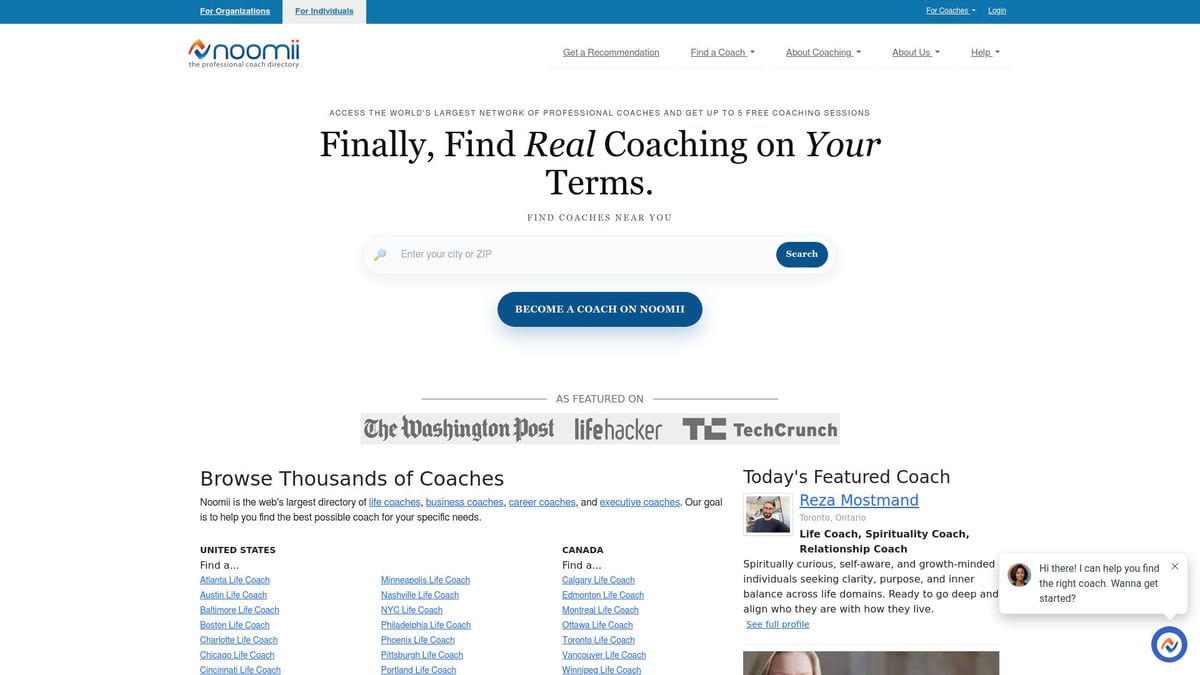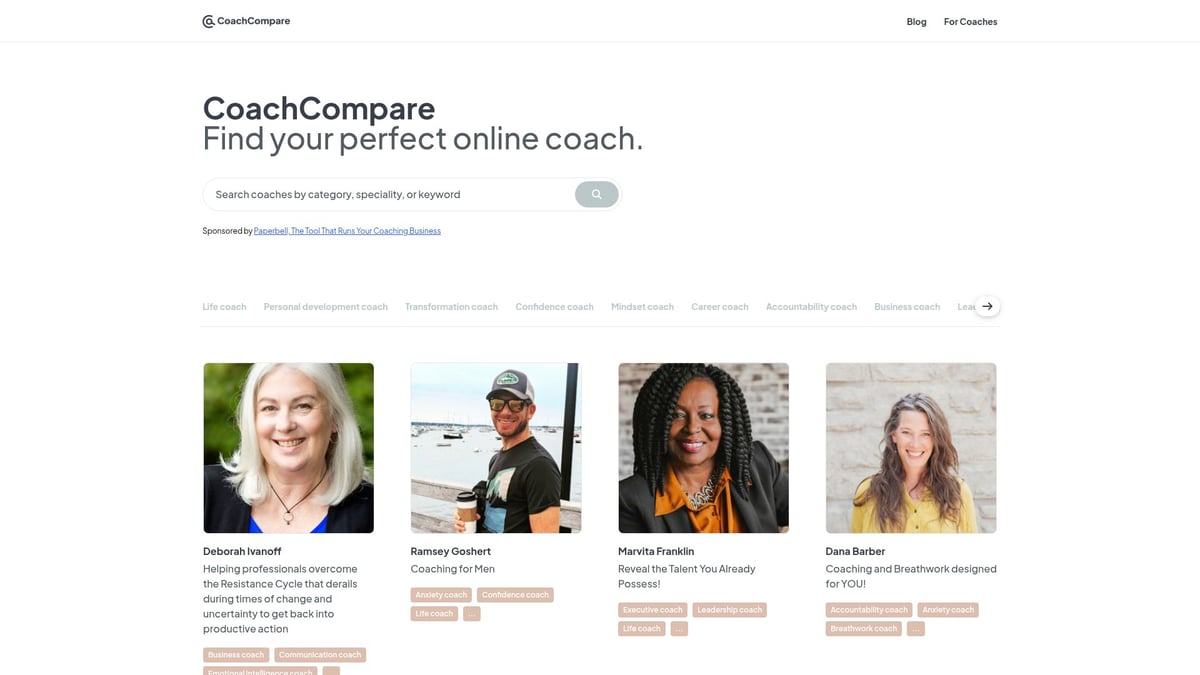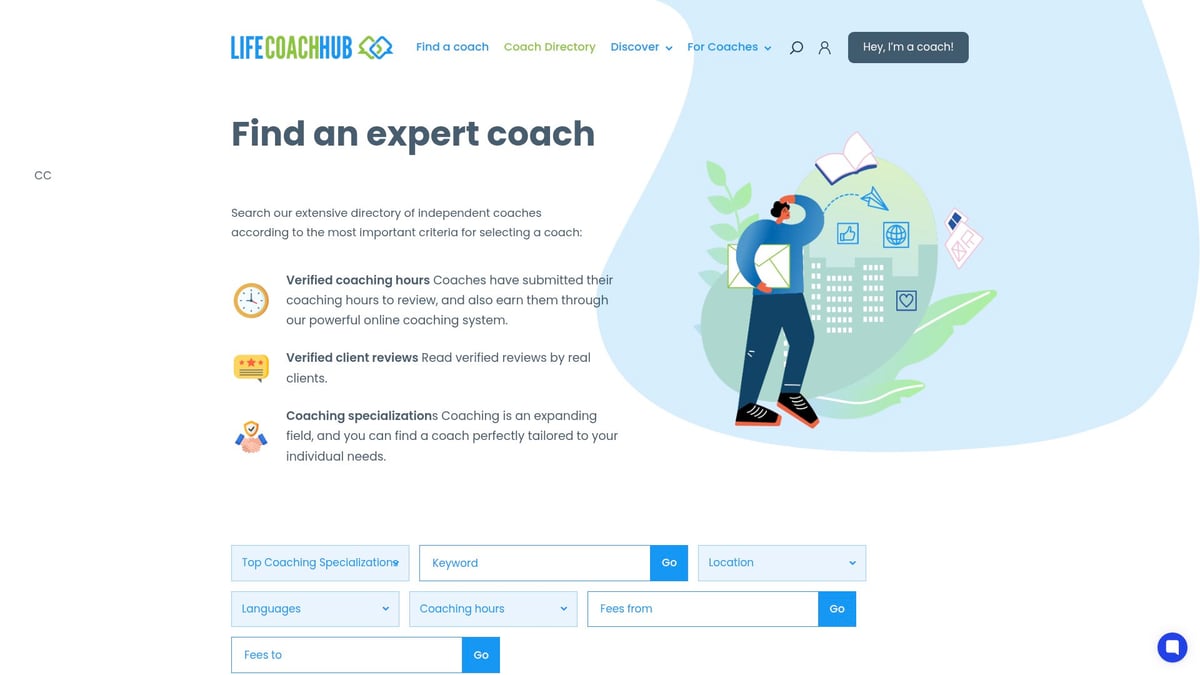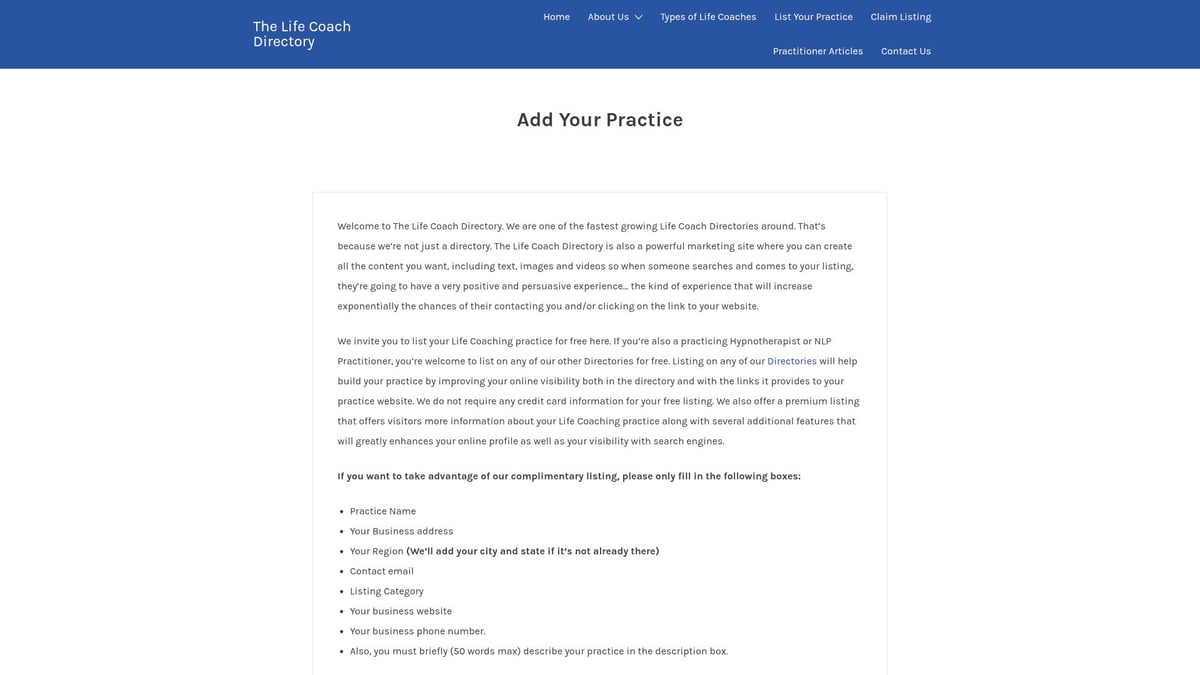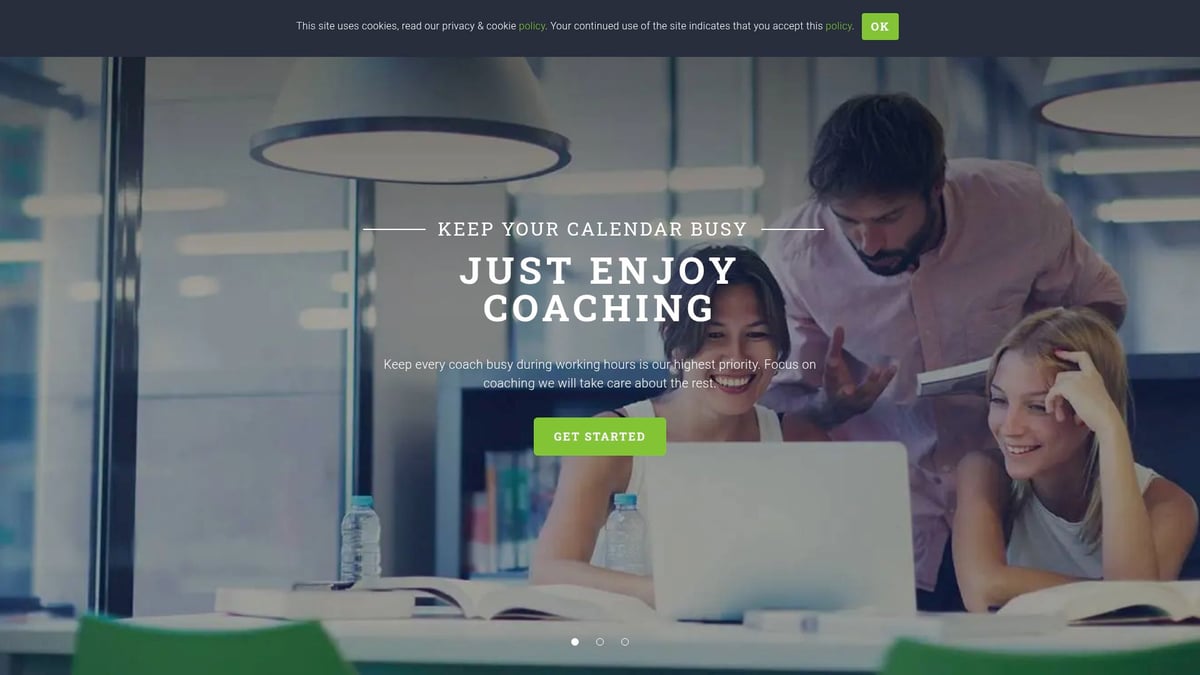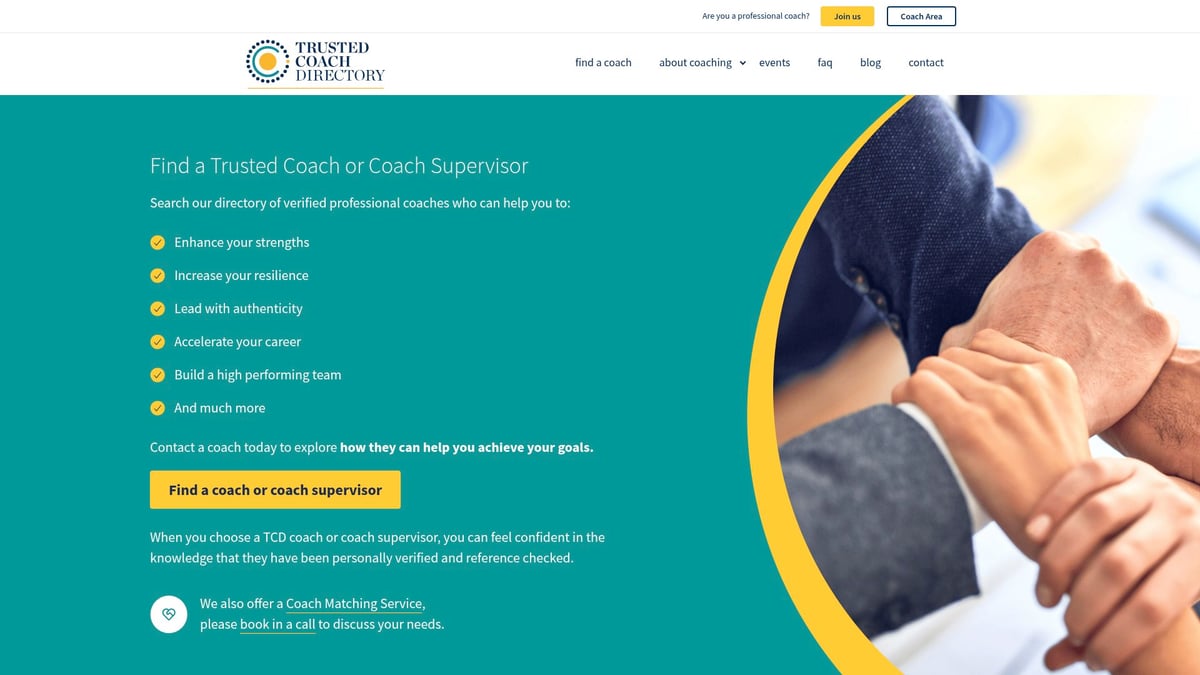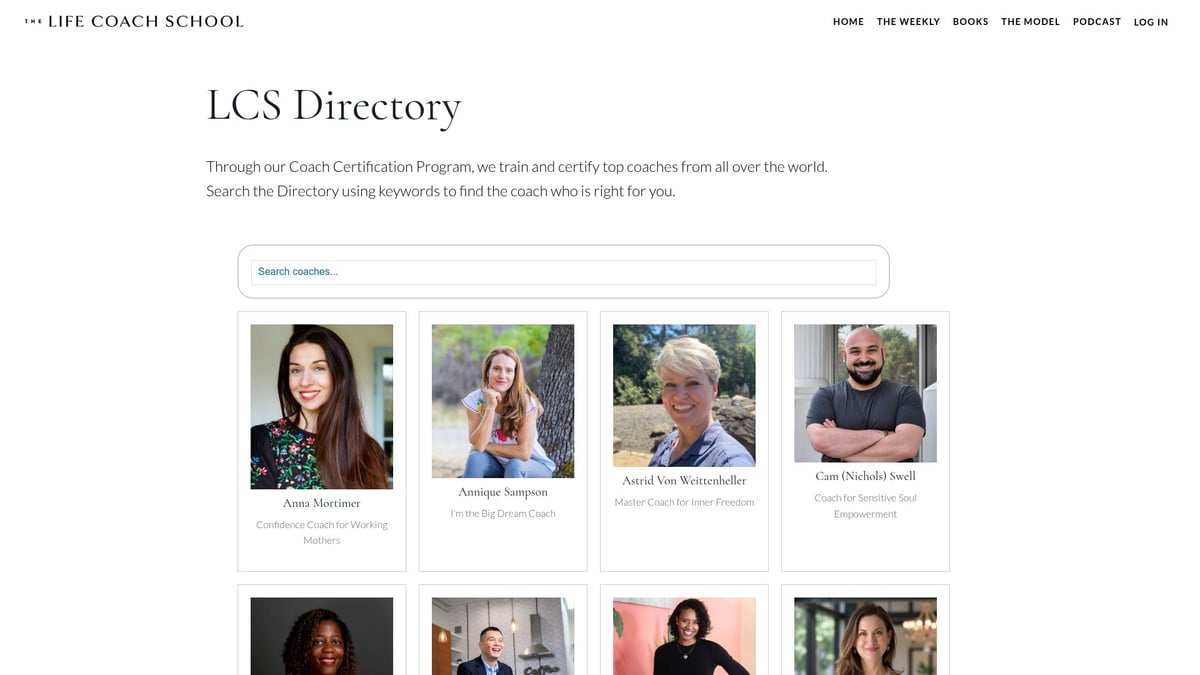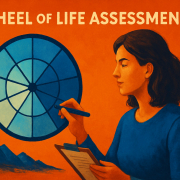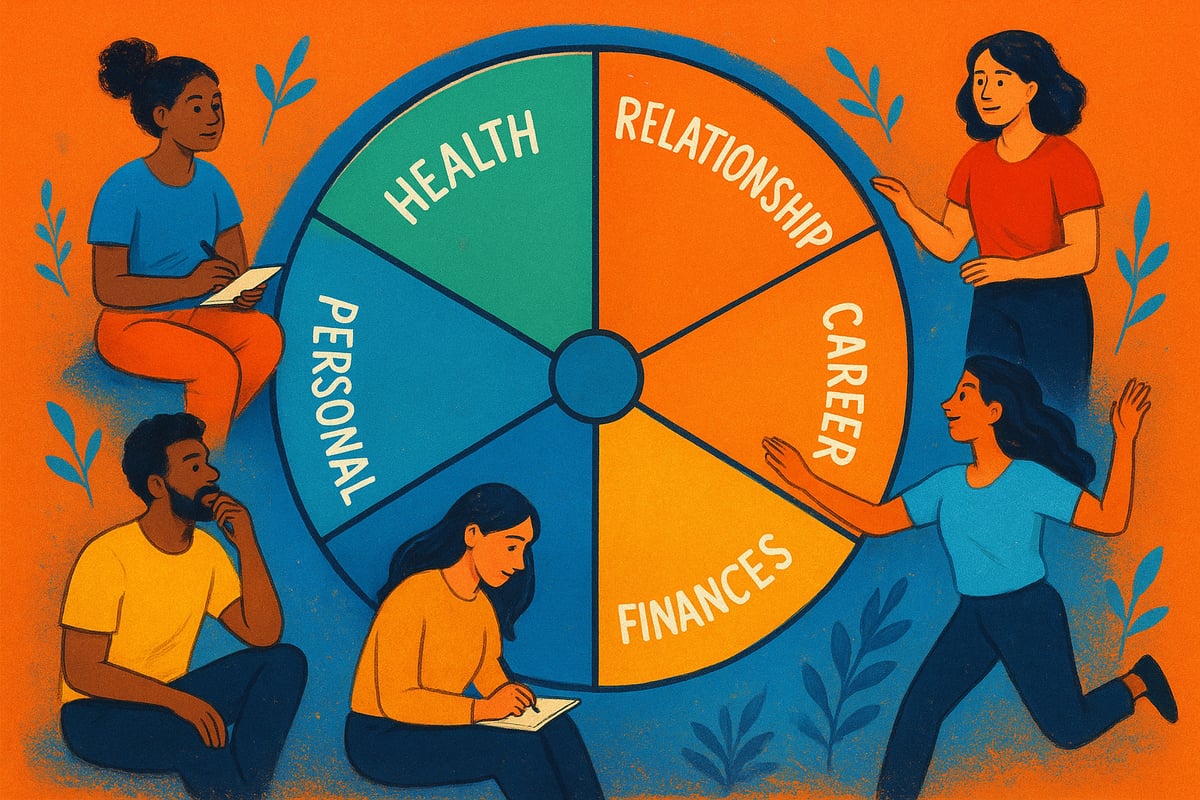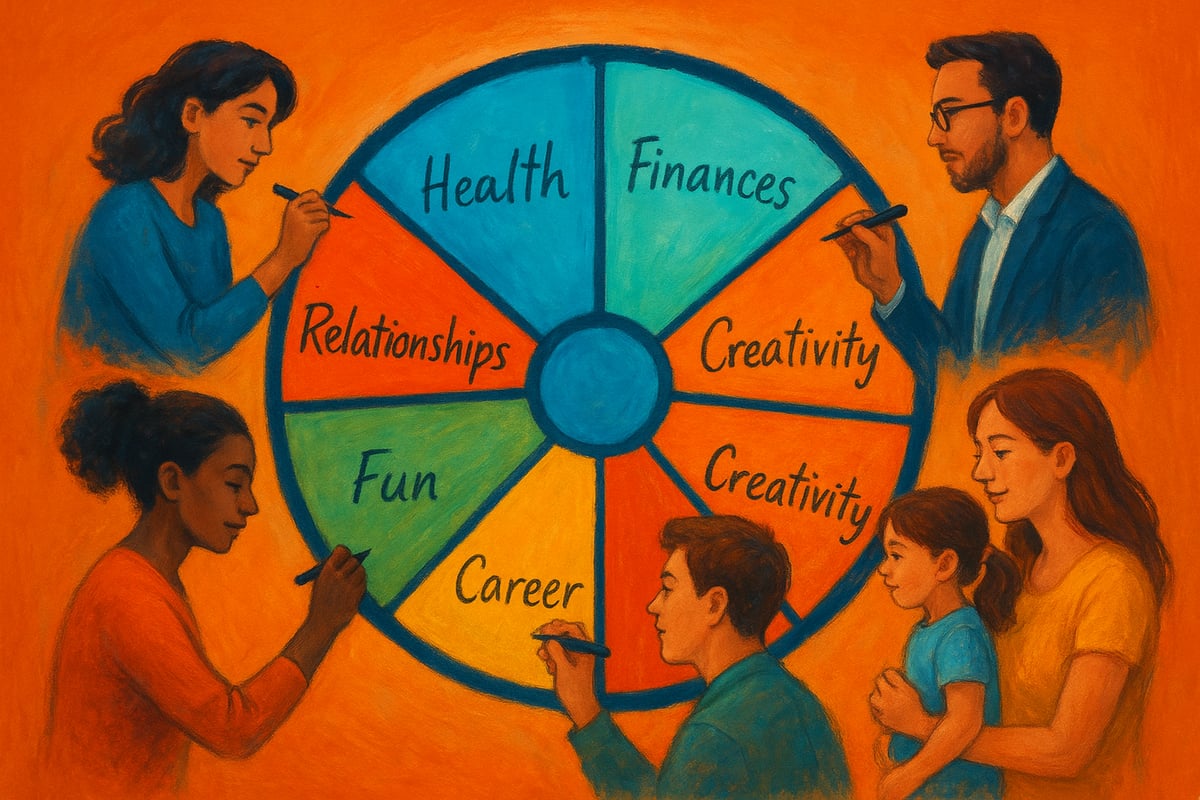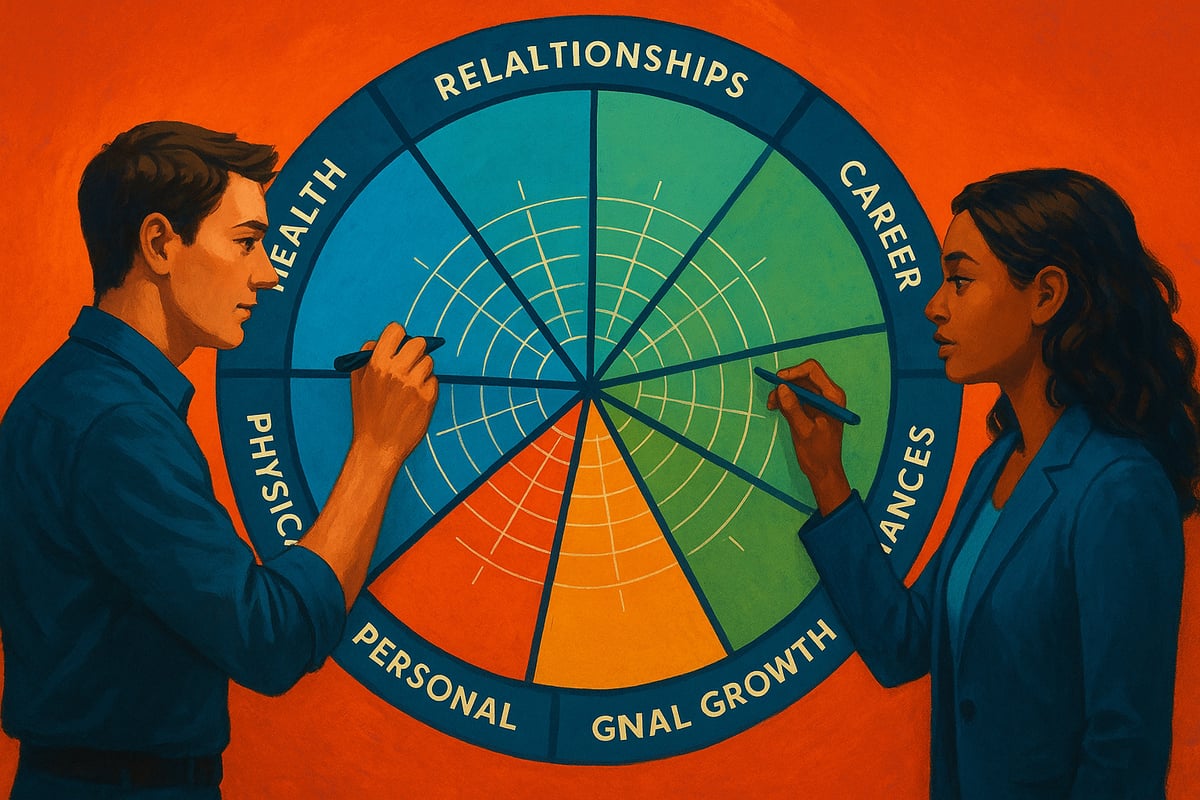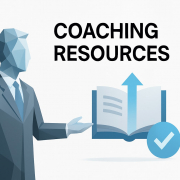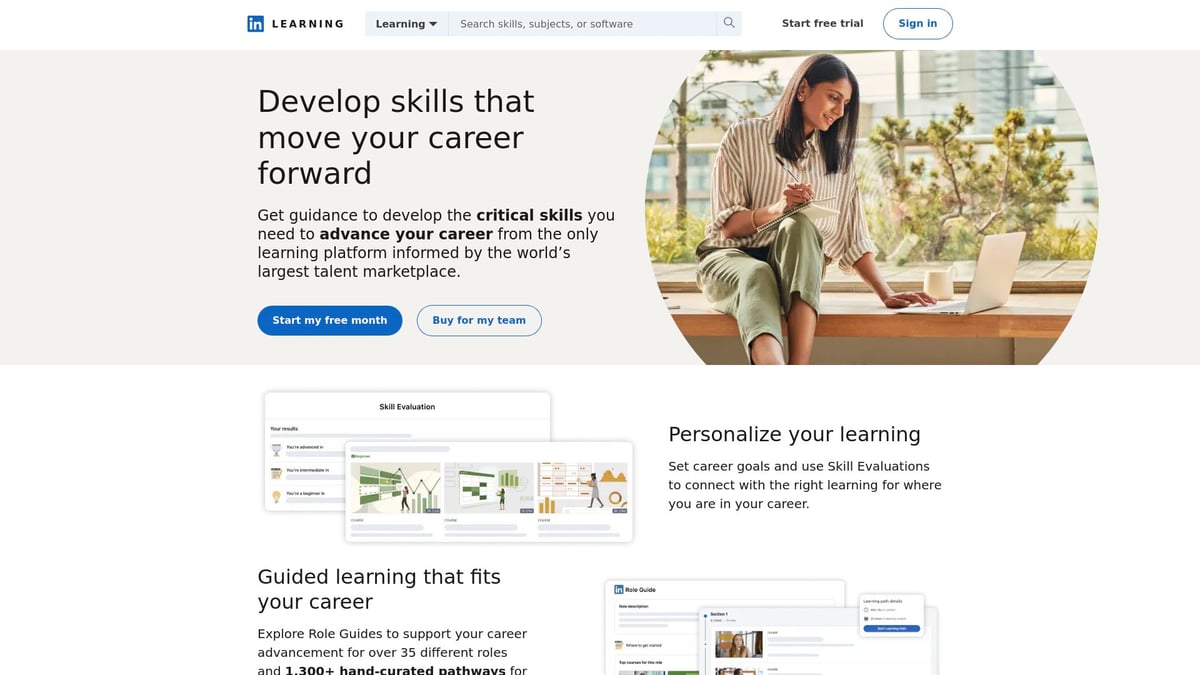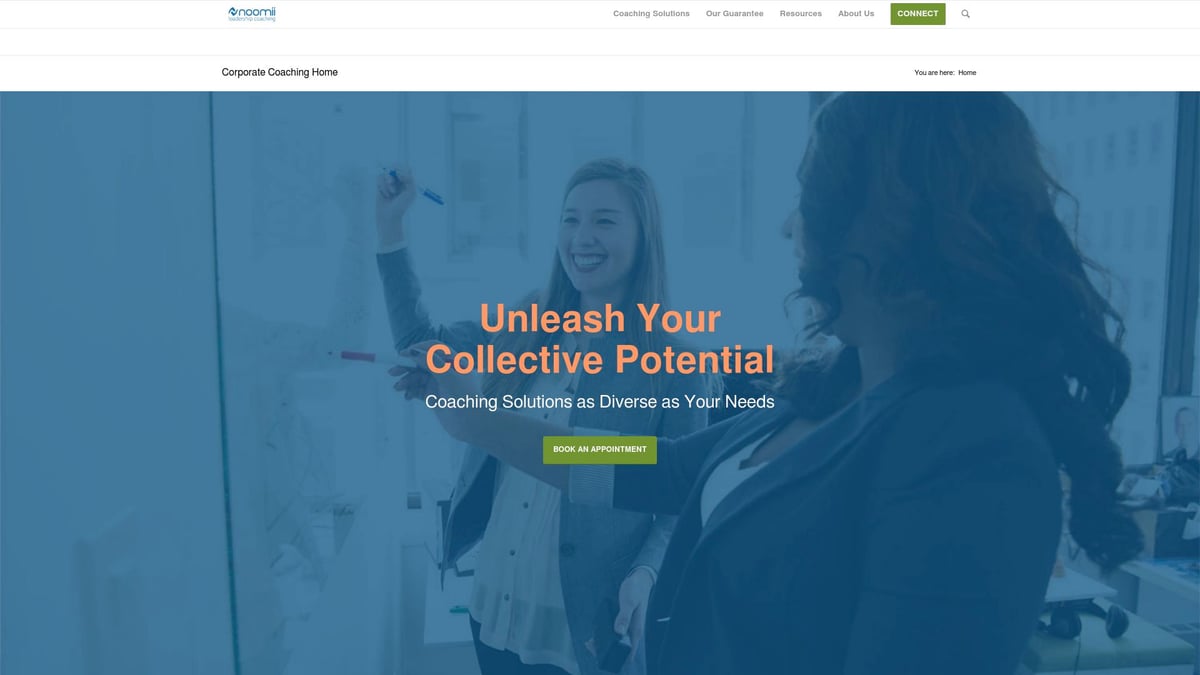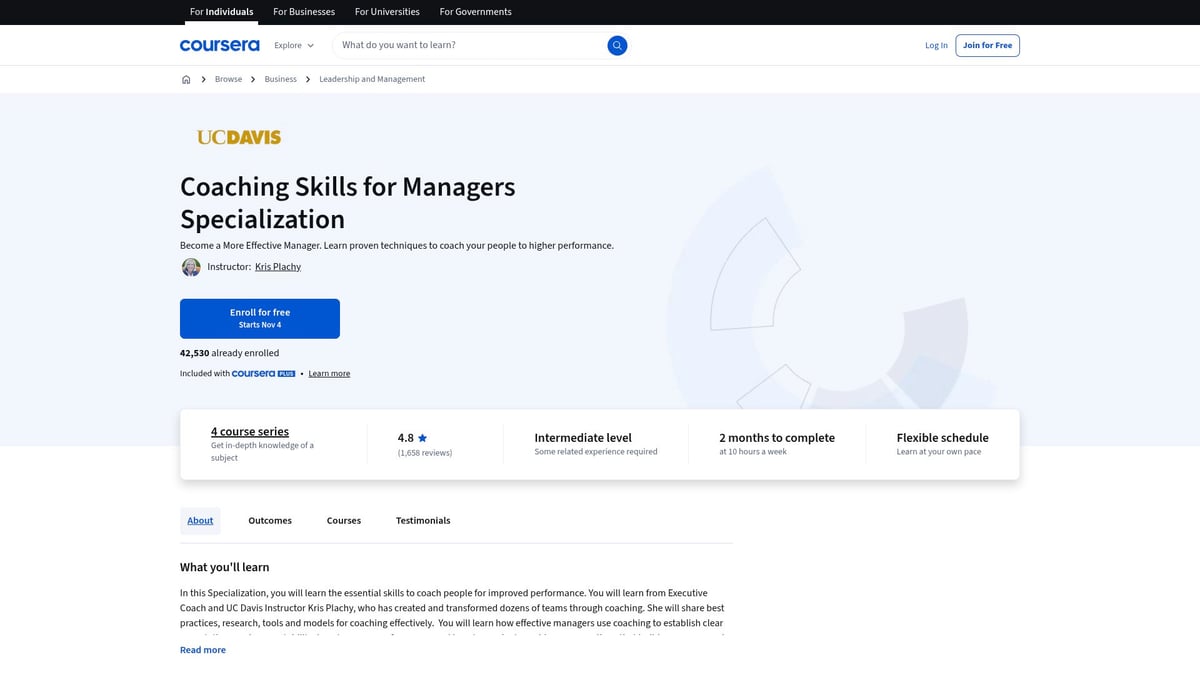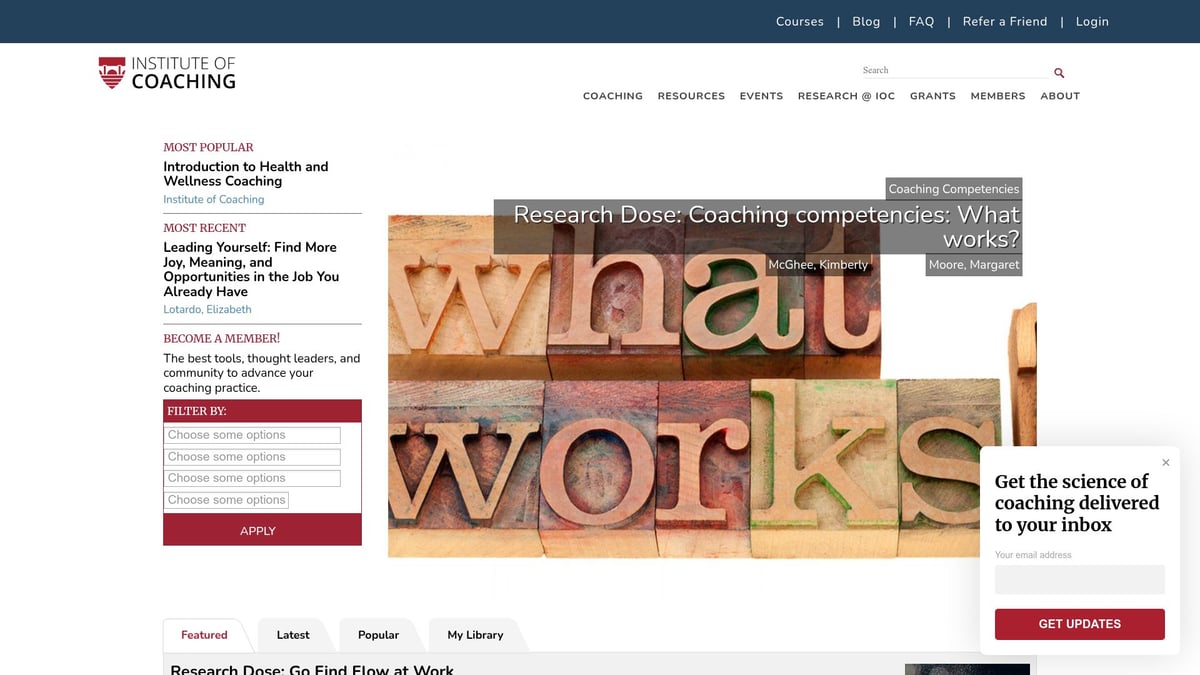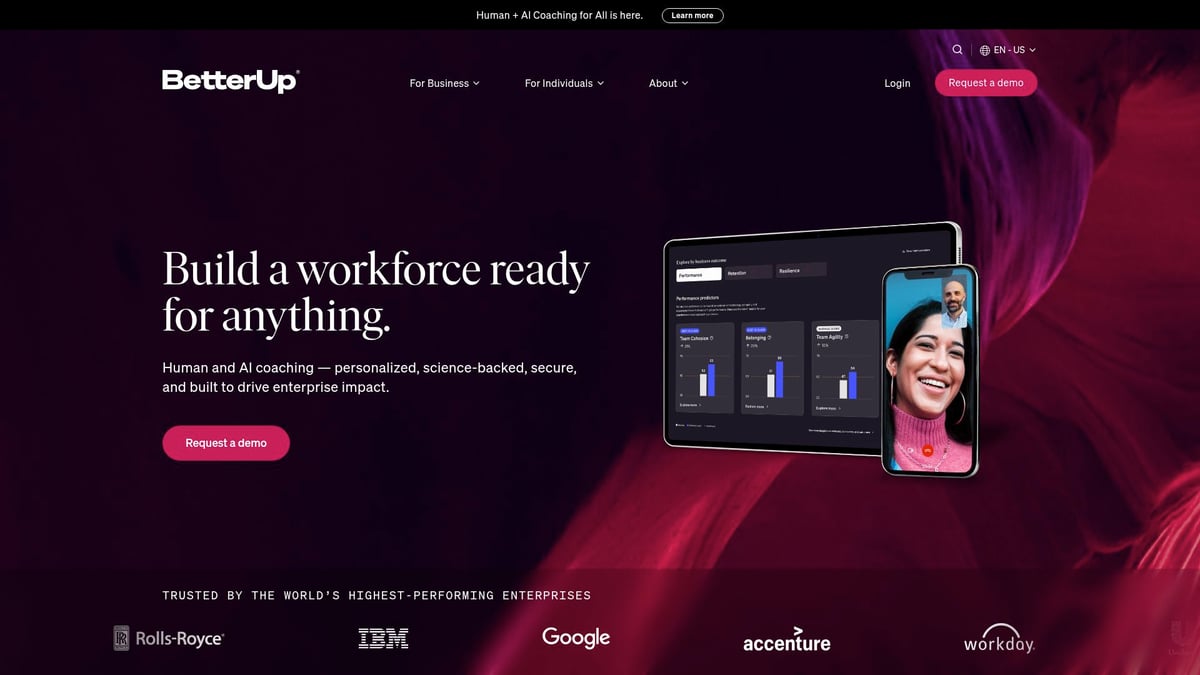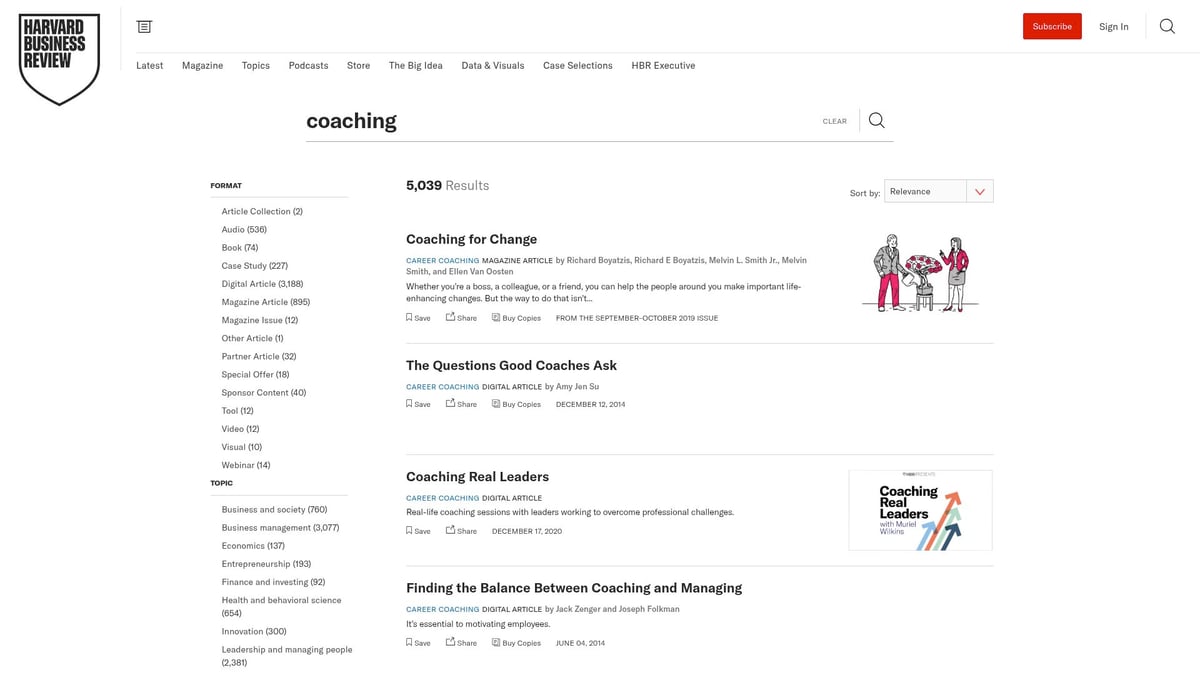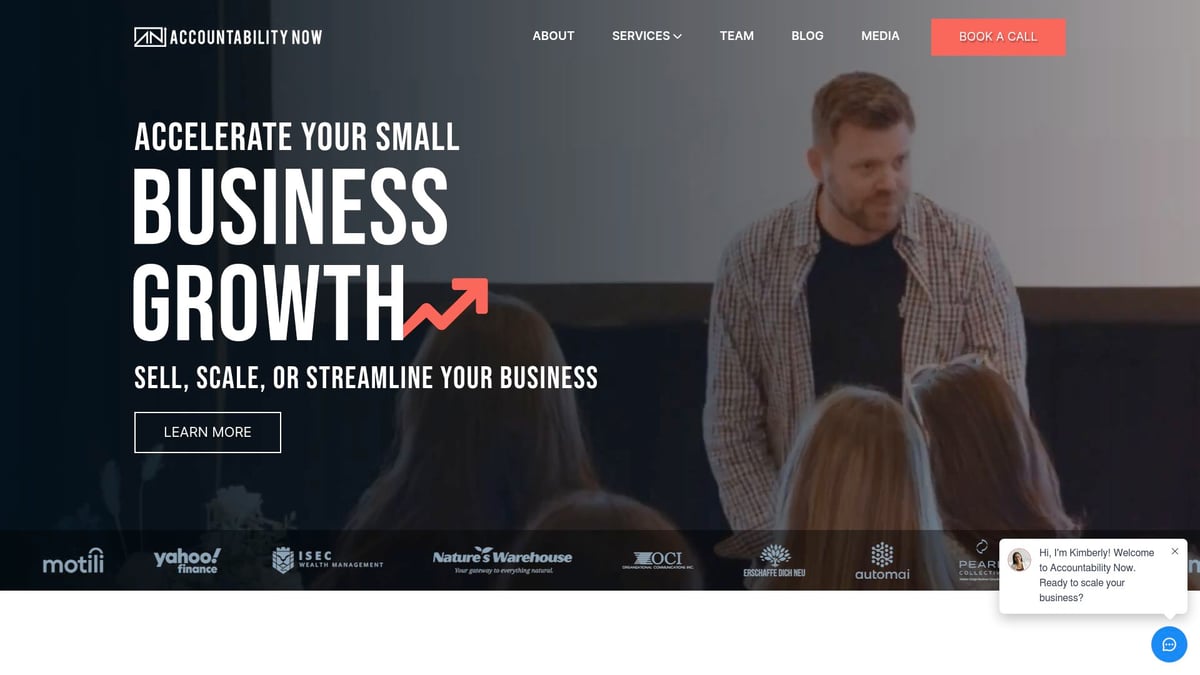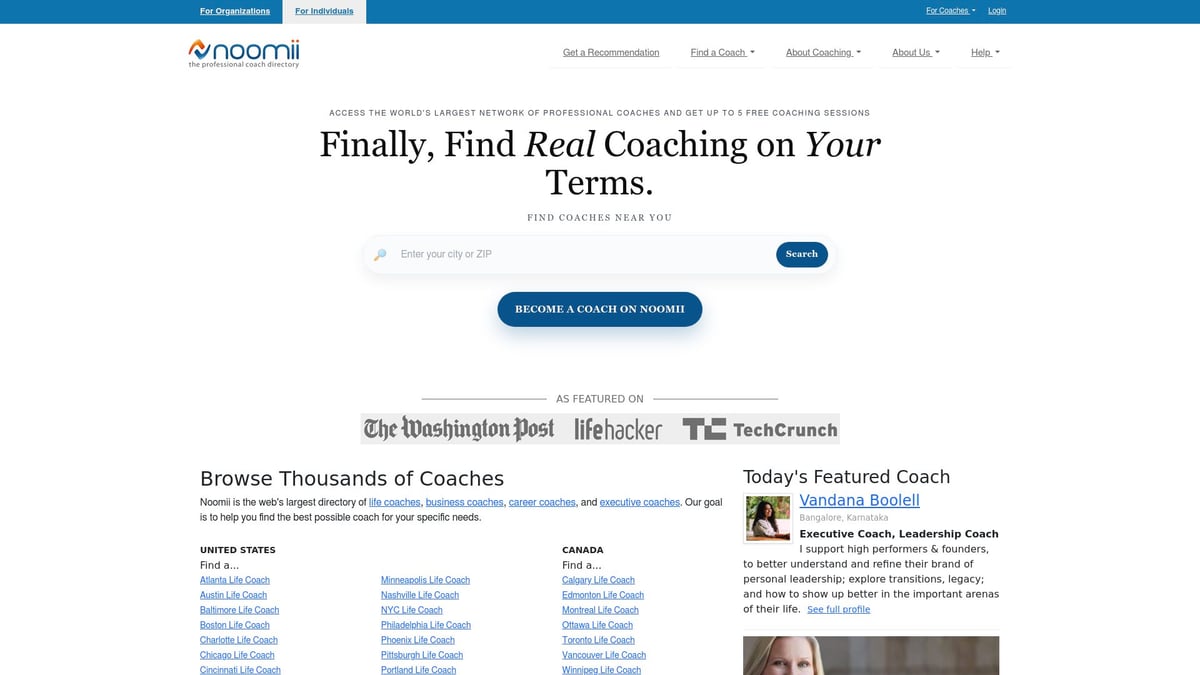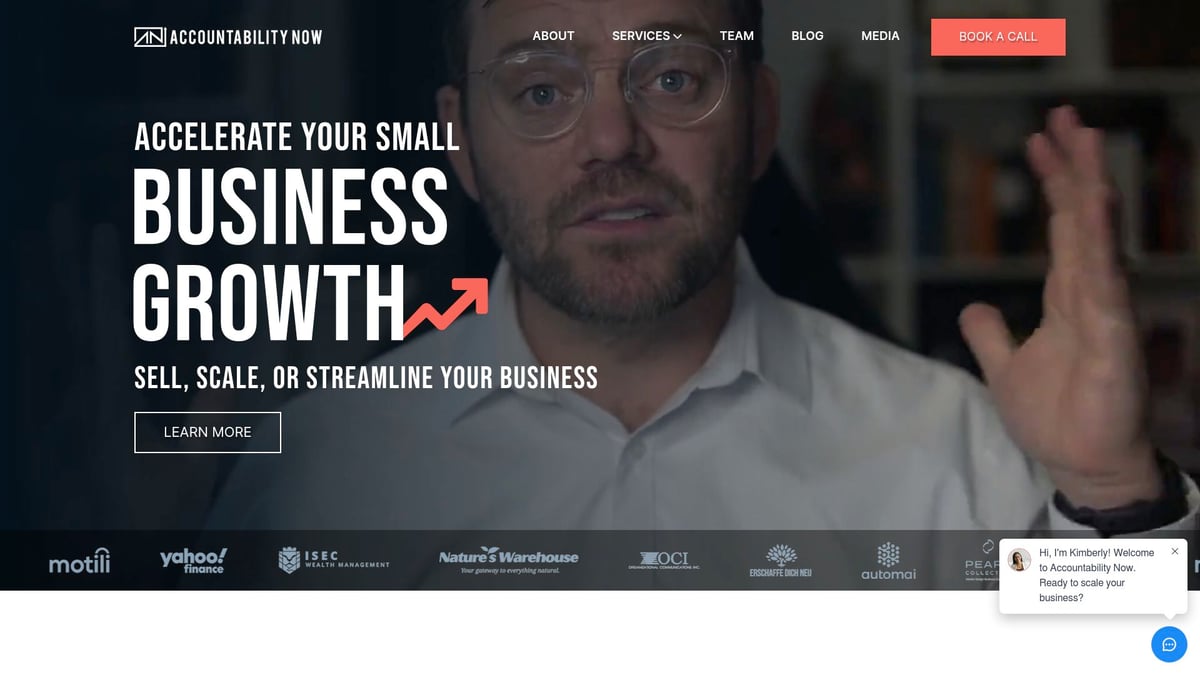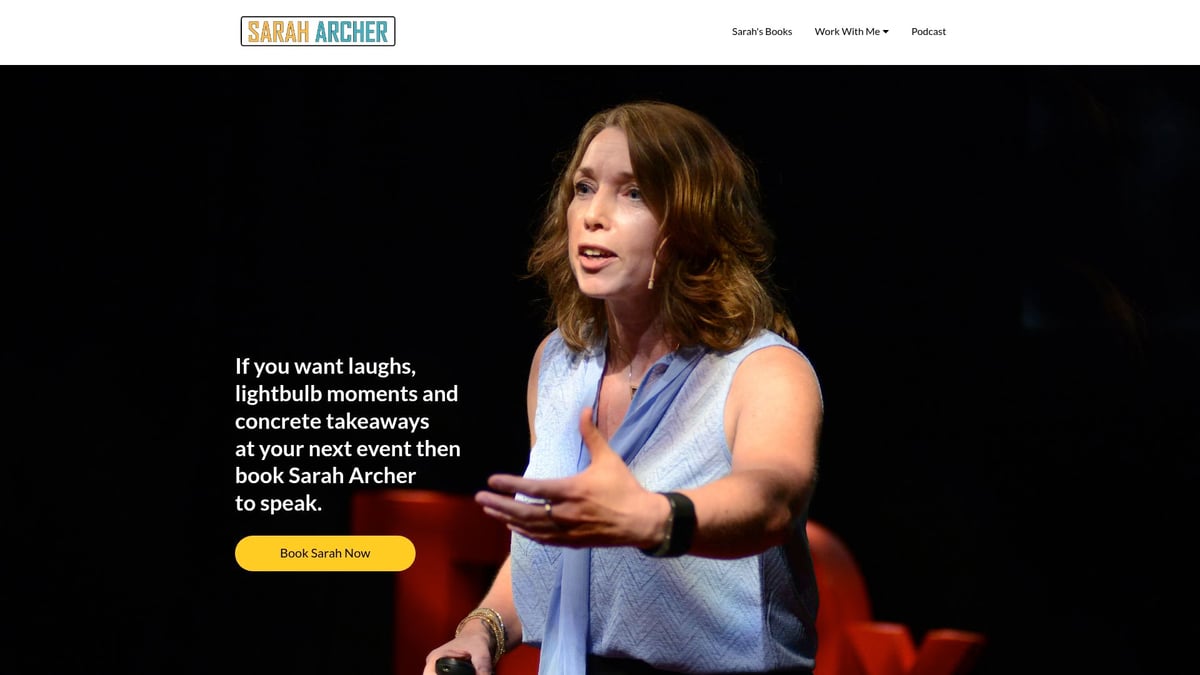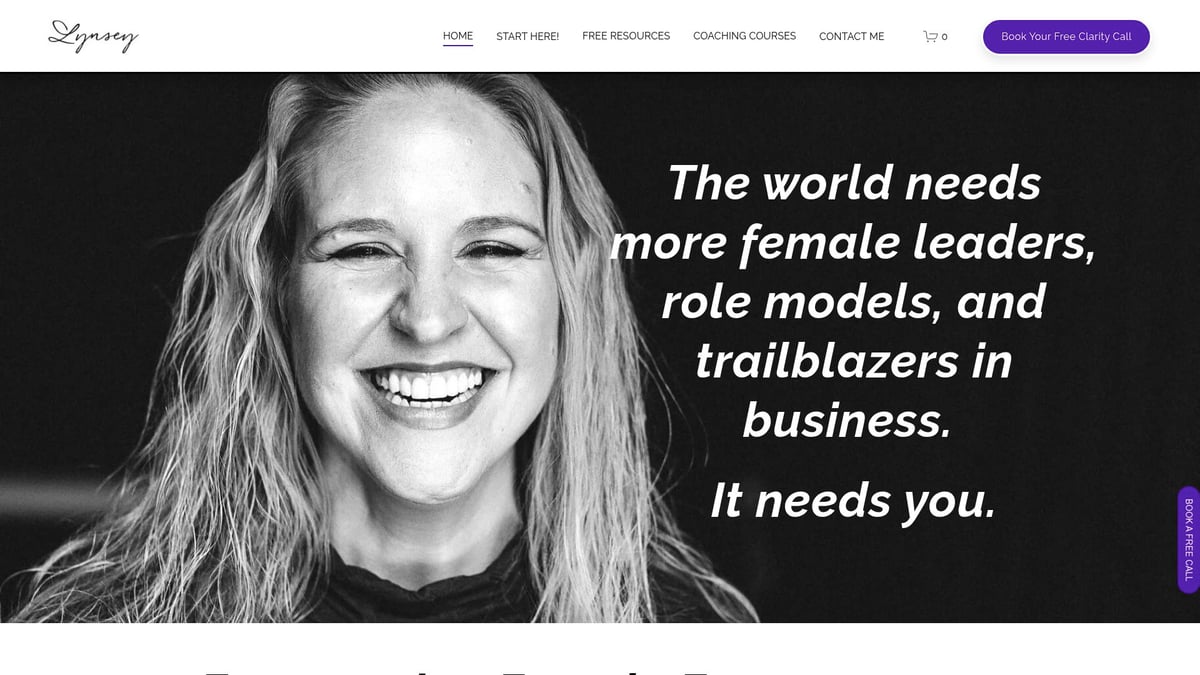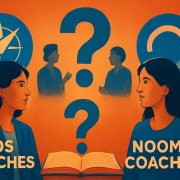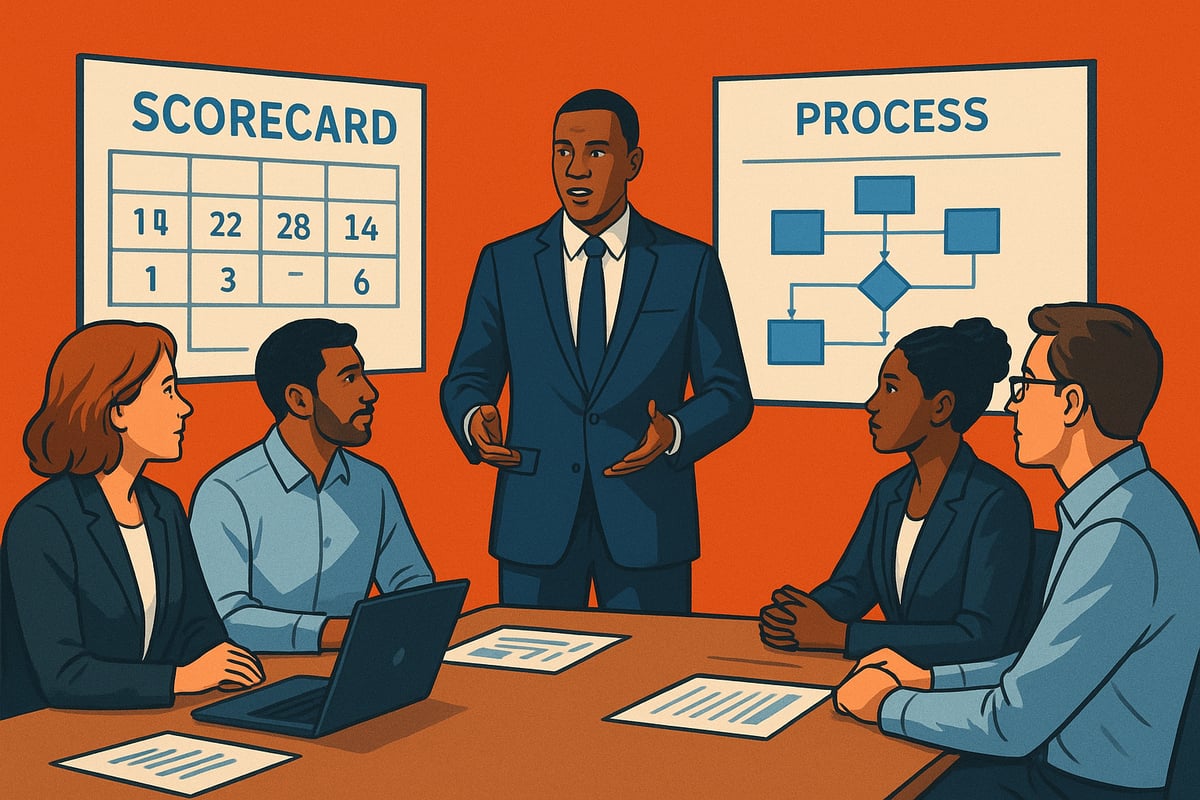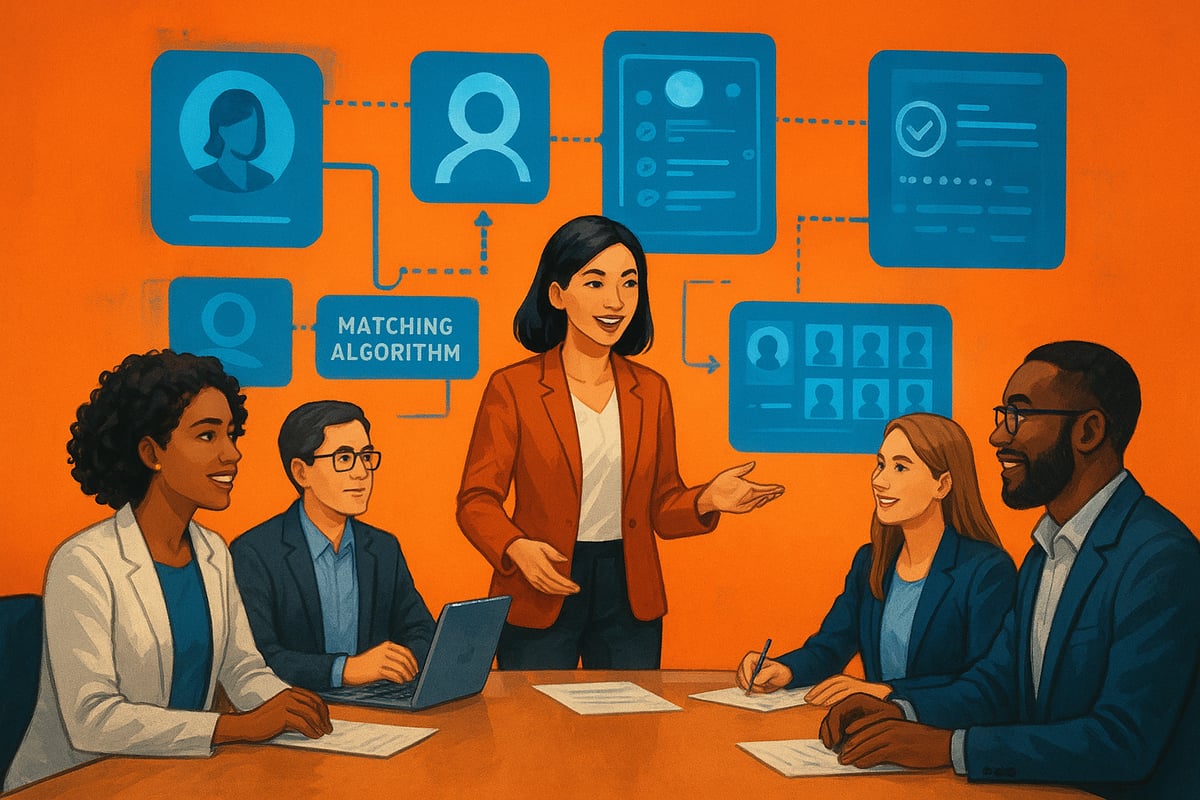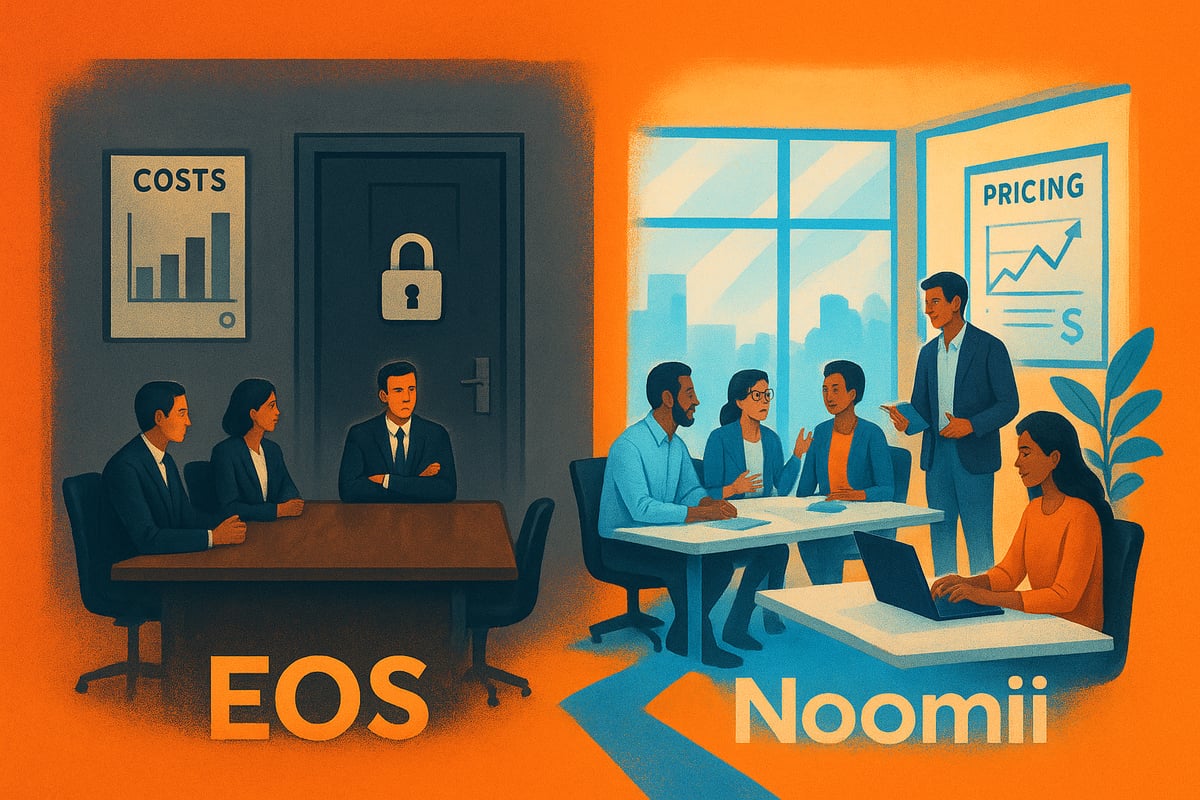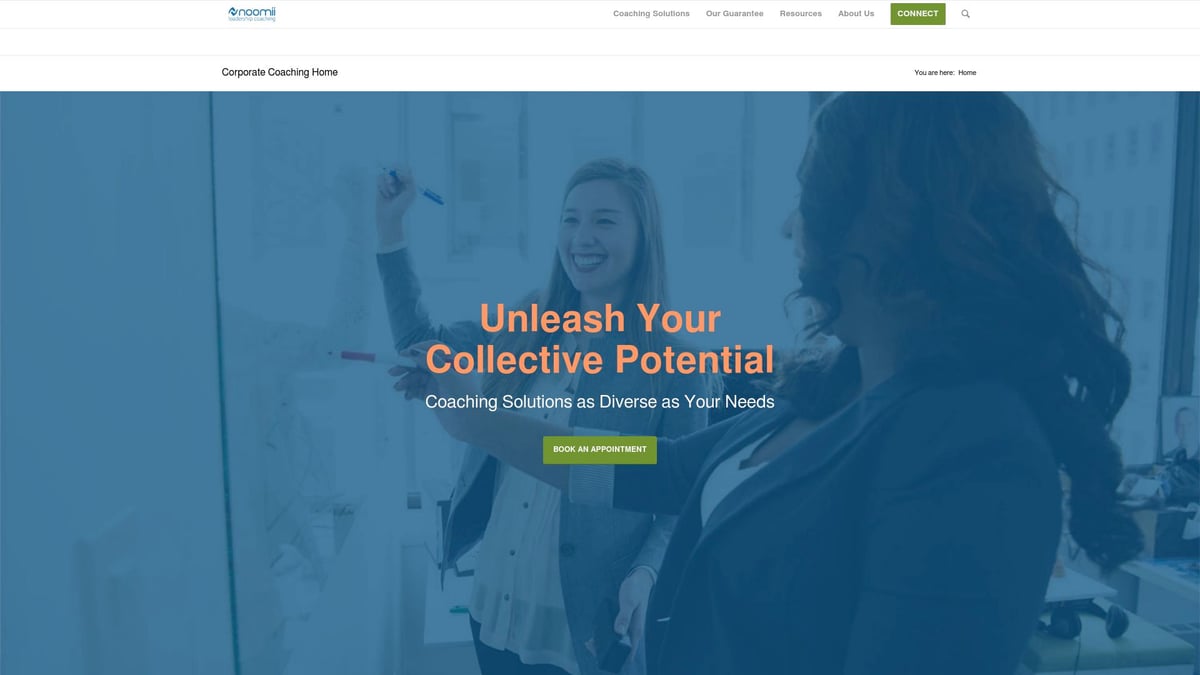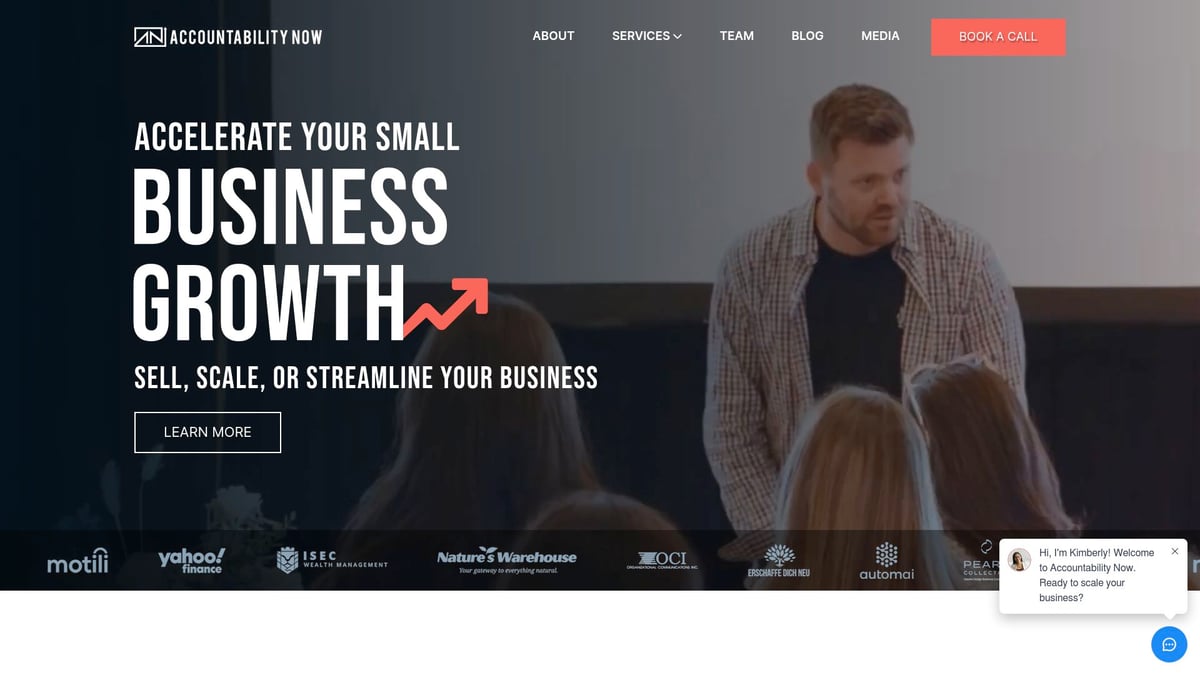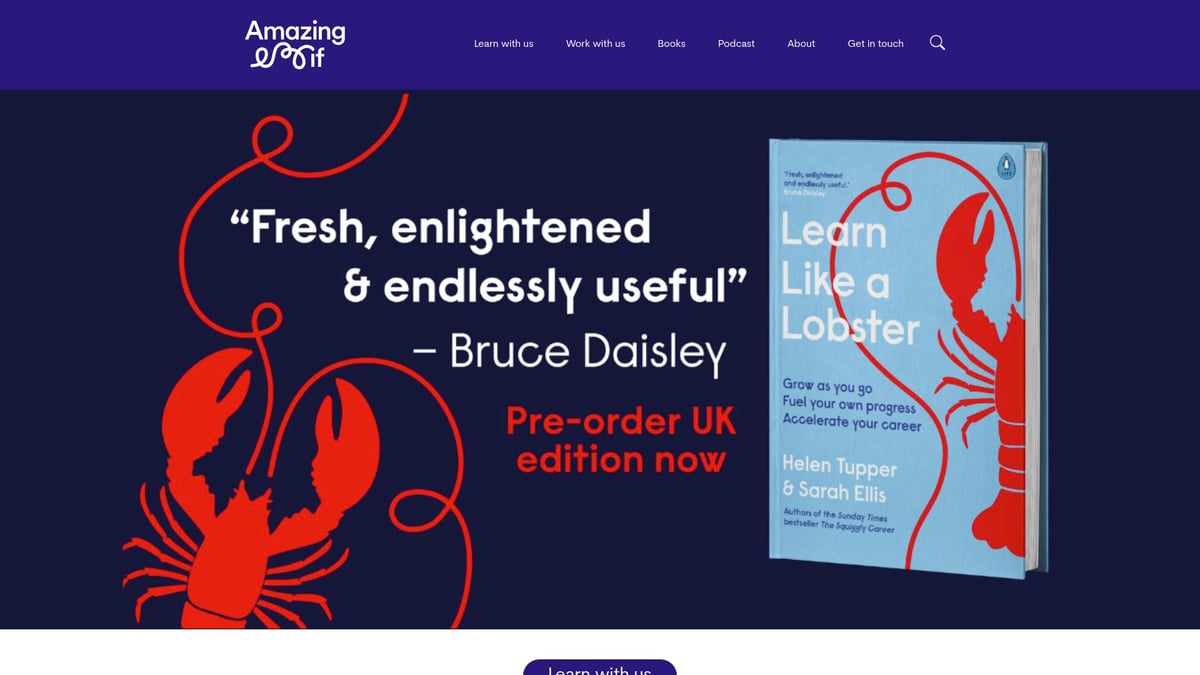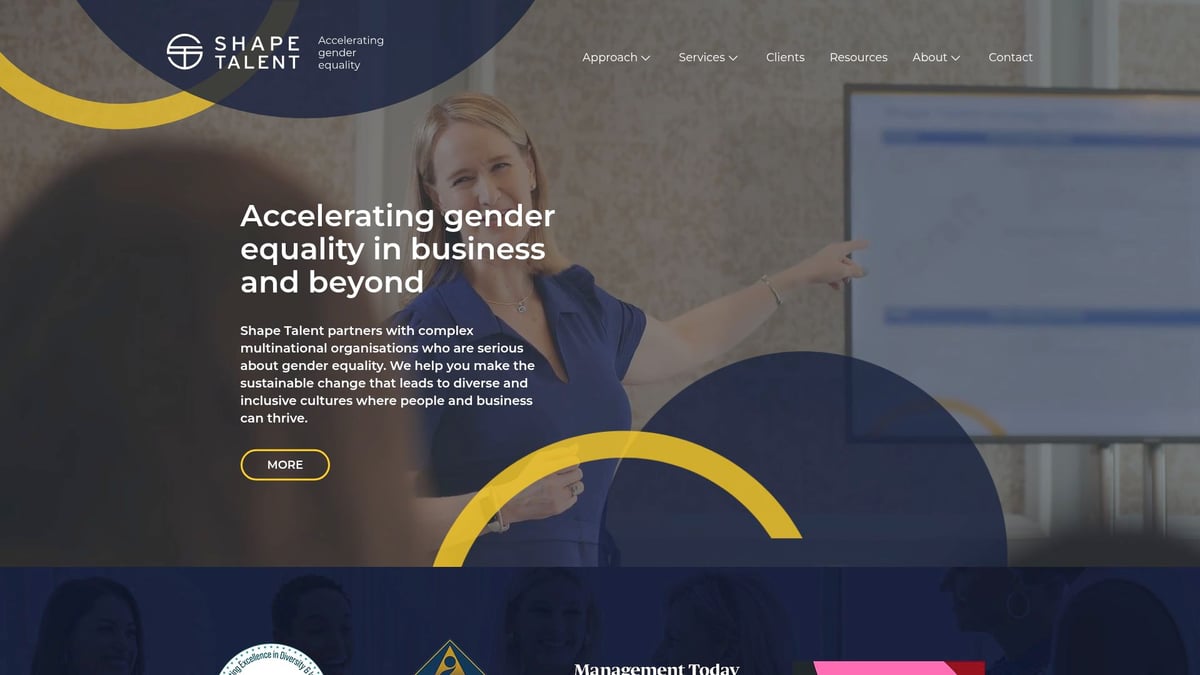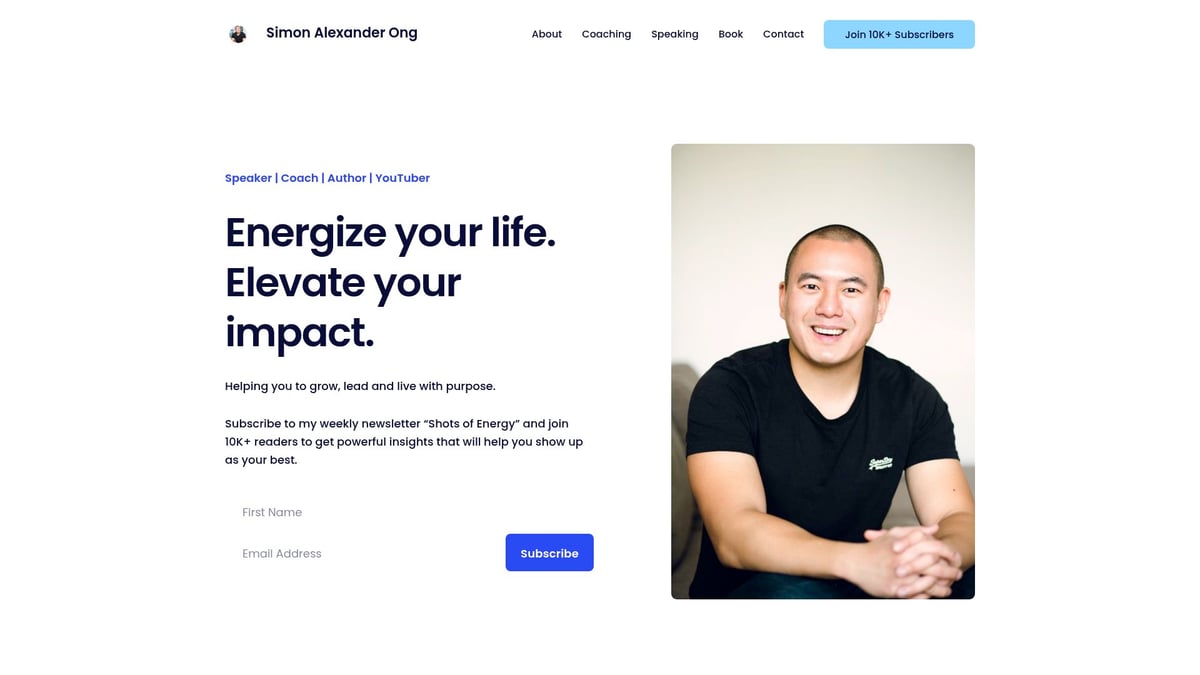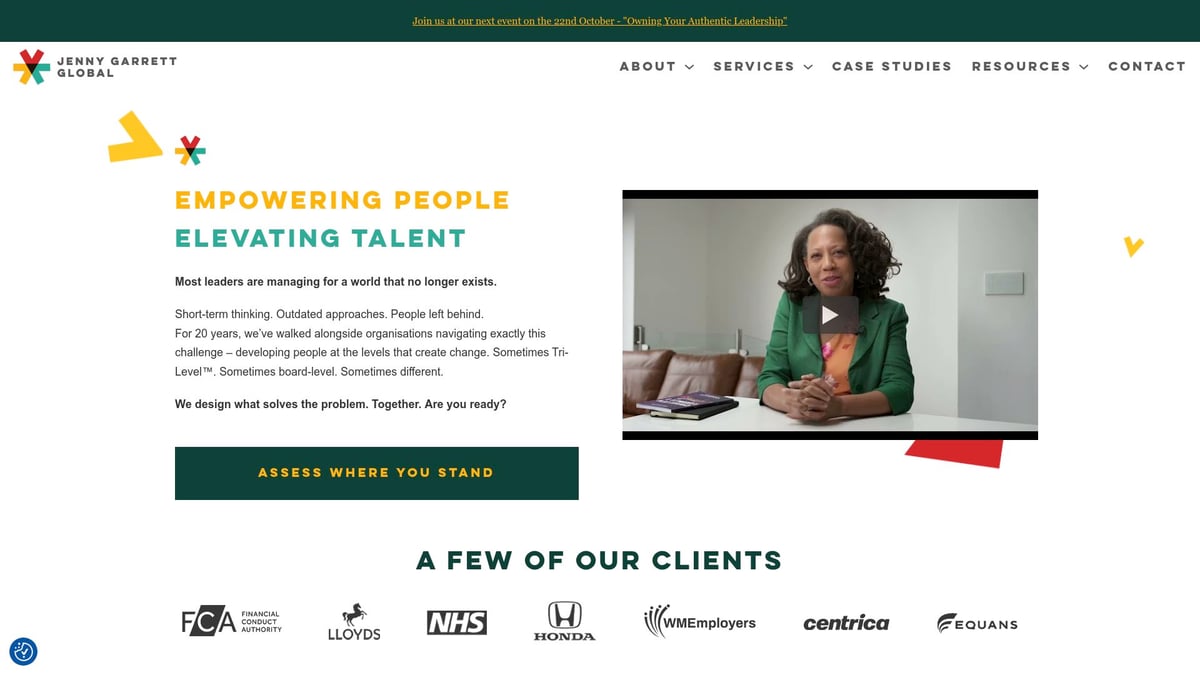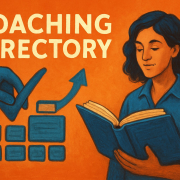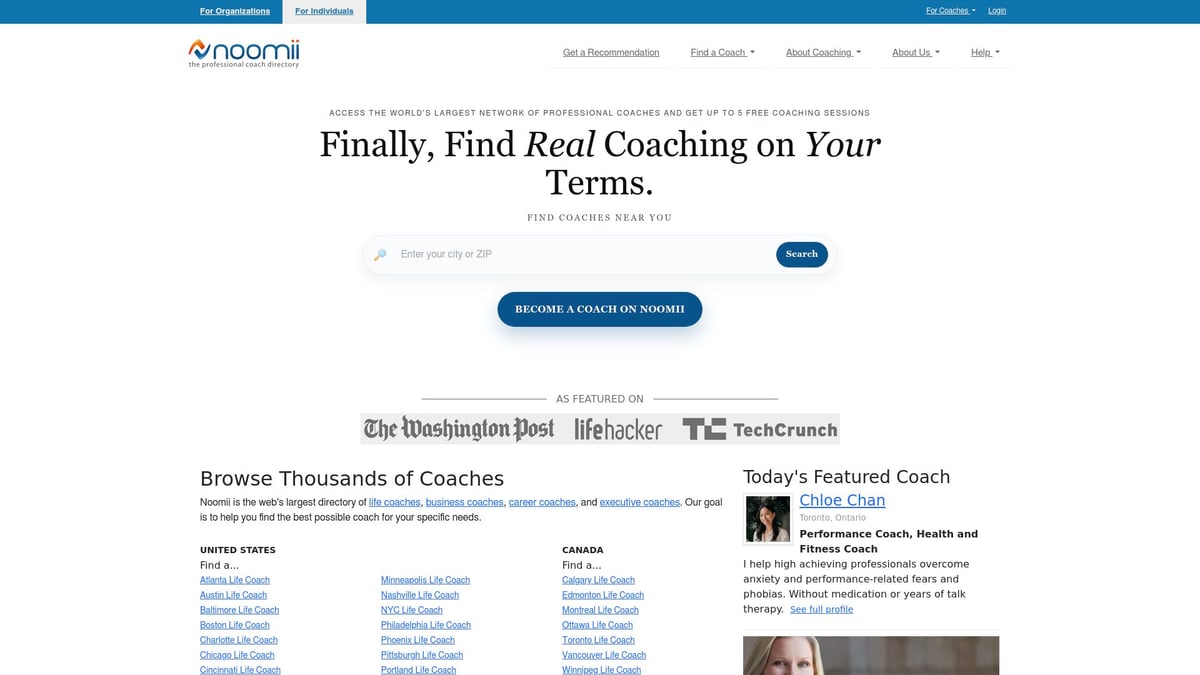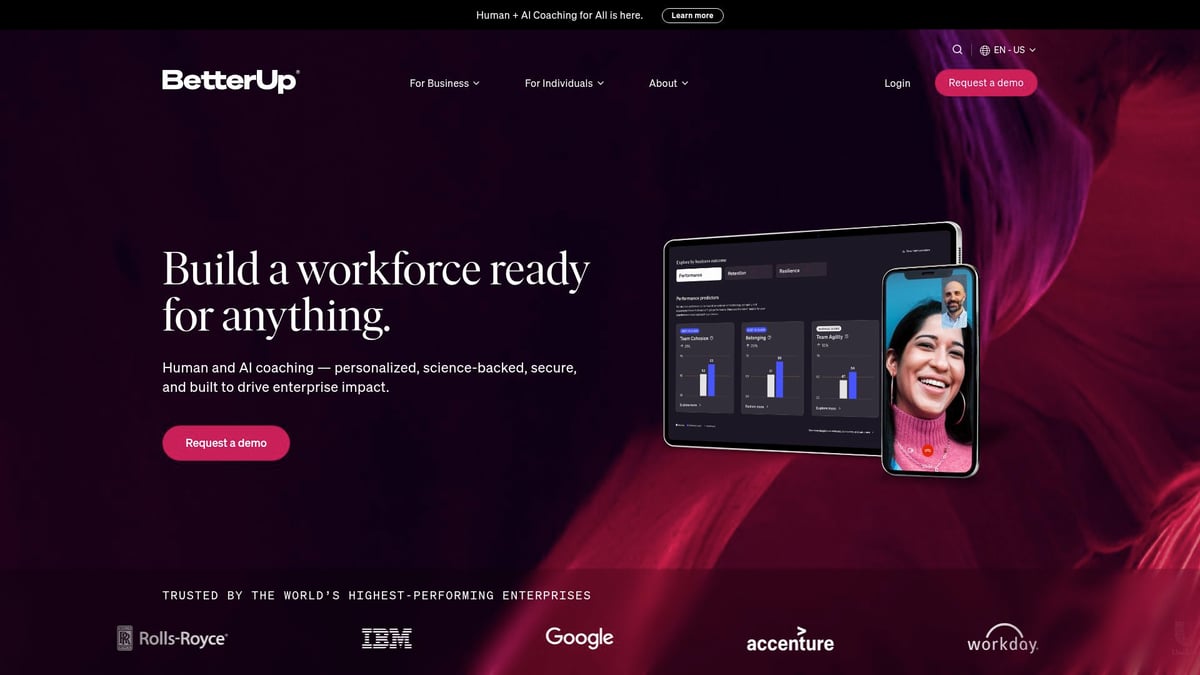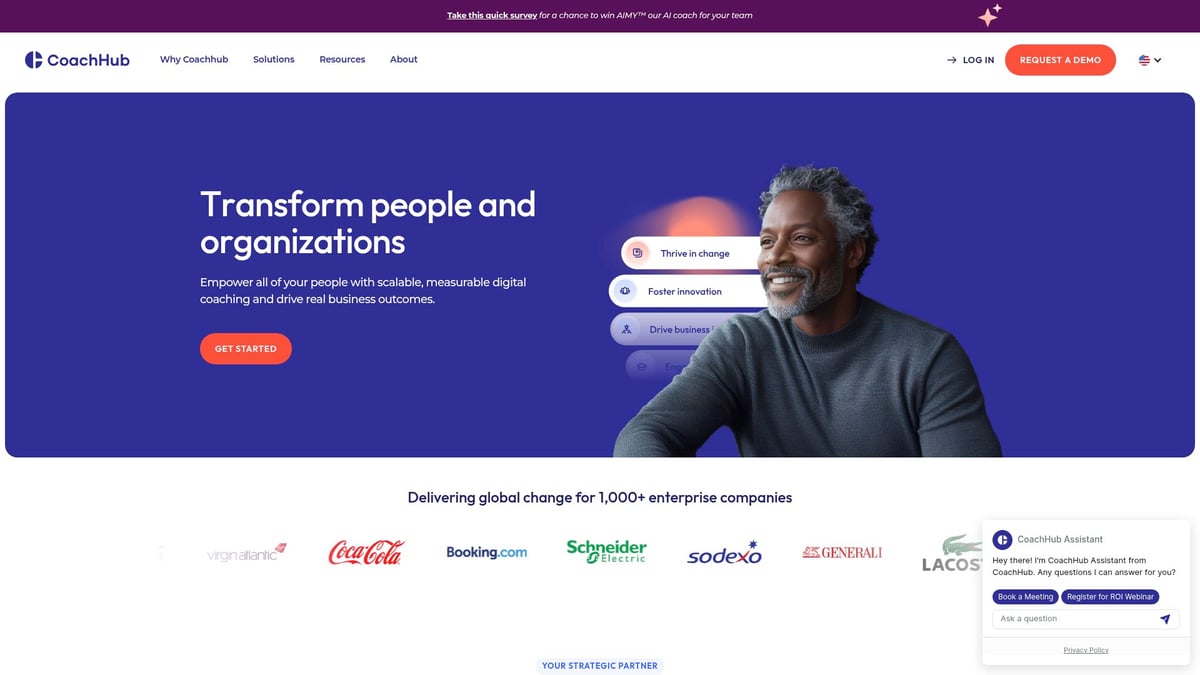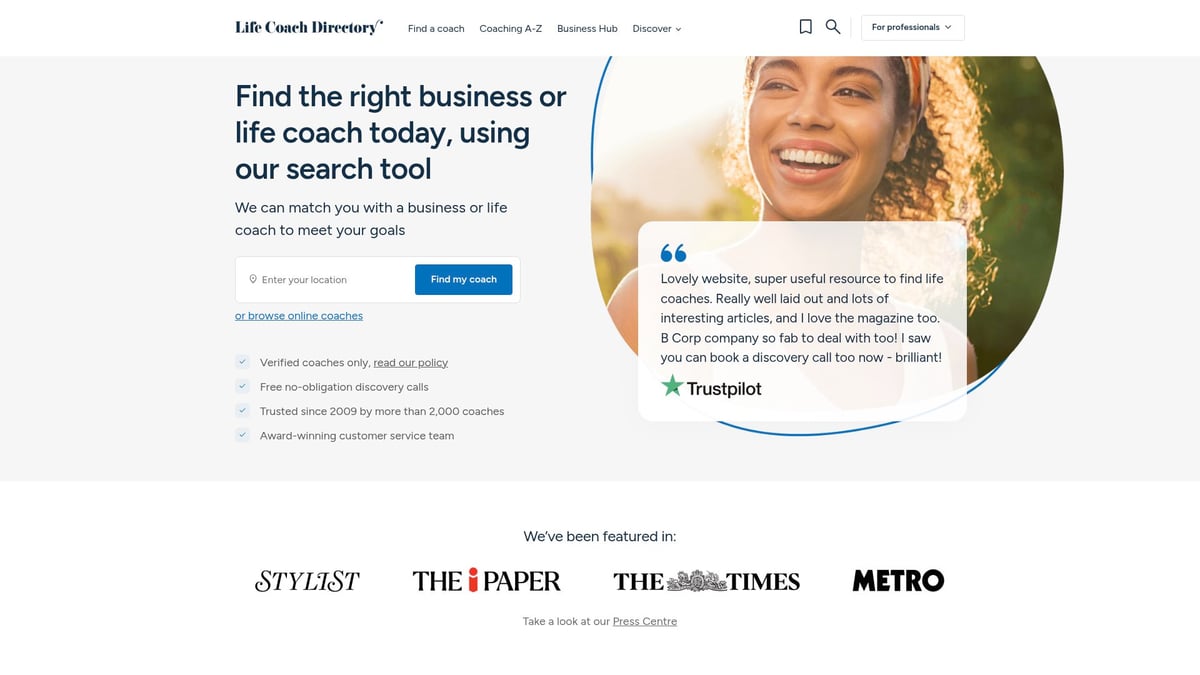9 Essential Top Marketing Coaches in Germany for 2025 Success
The German business landscape in 2025 is more competitive than ever, with rapid changes demanding sharper marketing strategies and expert insight. To stand out, companies are turning to the top marketing coaches in germany for proven guidance and innovative approaches.
These industry leaders shape business success by offering tailored strategies, accountability, and forward-thinking leadership. In this article, discover the 9 most essential marketing coaches in Germany, each bringing unique expertise to the table.
From data-driven global networks like Noomii to transformative mentors such as Don Markland and mindset pioneers like Dennis Scharnweber, this list will help you find the right partner to drive your business forward. Explore your options and unlock growth with expert marketing coaching for 2025.
Why Marketing Coaching Is Critical for German Businesses in 2025
In 2025, the German business landscape is more competitive and fast-paced than ever. Digital transformation and shifting consumer expectations are rewriting the rules. Businesses must navigate a maze of new platforms, changing buyer behaviors, and rising pressure to innovate. To stay ahead, companies are turning to the top marketing coaches in germany for expert guidance.
German marketing has become a complex puzzle. Omnichannel campaigns, data privacy regulations like GDPR, and rapid-fire digital trends demand a deep understanding of strategy and compliance. According to the Digital Marketing Trends in Germany 2025, companies face an urgent need for upskilling and tailored solutions. This is where top marketing coaches in germany make a measurable impact.
Marketing coaches offer much more than generic advice. They provide actionable, customized strategies designed for the unique challenges of the German market. Take Don Markland, whose accountability frameworks transform mindsets and performance, or Noomii, renowned for its data-driven, scalable coaching. Meanwhile, Erschaffe Dich Neu focuses on mindset and personal branding, empowering entrepreneurs to thrive. These top marketing coaches in germany help organizations unlock growth, build resilience, and foster innovation.
The results speak for themselves. German companies partnering with top marketing coaches in germany report stronger leadership, better teamwork, and higher marketing ROI. Studies show that businesses leveraging coaching see an average return of 5-7 times their investment. Adoption rates among SMEs and corporates continue to climb, as coaching bridges critical skill gaps and future-proofs organizations for the challenges ahead. In a landscape where standing still means falling behind, expert marketing coaches are the catalyst for lasting success.
9 Essential Top Marketing Coaches in Germany for 2025 Success
Navigating the German market in 2025 demands more than just marketing know-how. It requires guidance from the top marketing coaches in germany who fuse proven tactics with visionary leadership. These nine coaches stand out for their expertise, unique methodologies, and measurable impact on businesses across the country.
Below, we break down each coach’s core features, strengths, and ideal fit, so you can find the perfect partner to accelerate your marketing success.
Noomii Leadership Coaching
Noomii is a global network recognized among the top marketing coaches in germany for its precision in coach matching and evidence-based leadership development. Their platform connects German corporations, HR leaders, and executives with vetted marketing coaches who specialize in aligning marketing with business objectives.
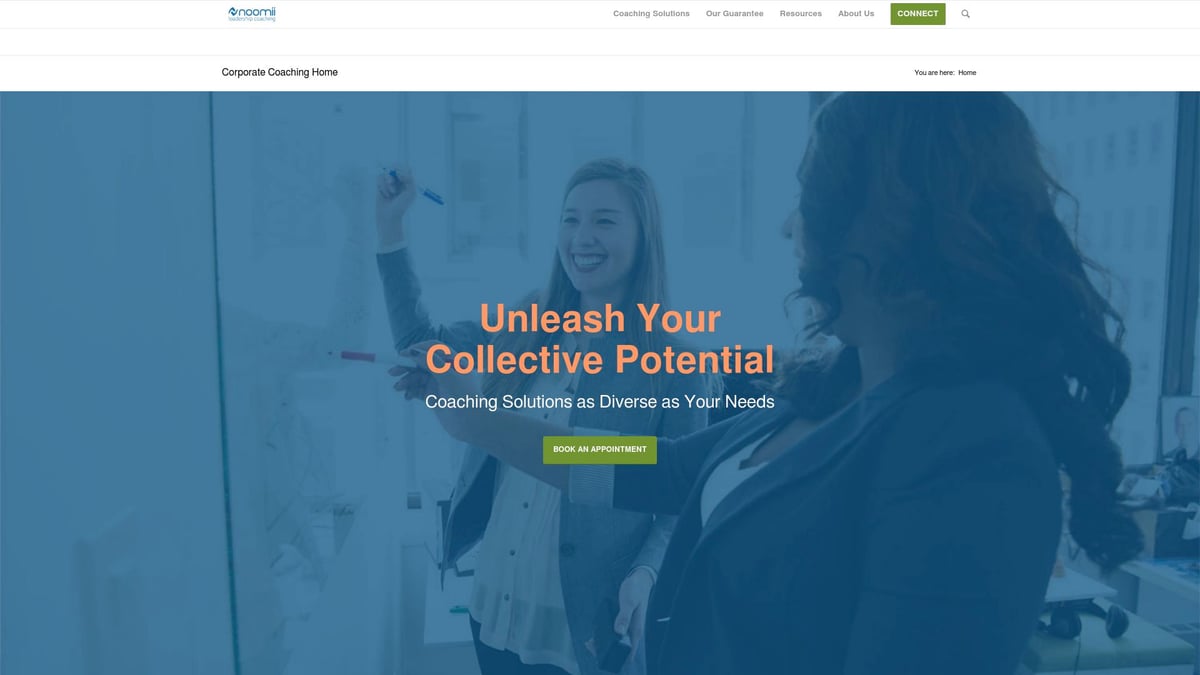
Key features include scalable solutions, comprehensive diagnostics, and a robust Coach-Match Guarantee. Noomii’s data-driven approach ensures marketing teams receive actionable strategies that drive measurable results. Their programs foster leadership, accountability, and innovation, making them a favorite for organizations seeking high-performance teams.
Pros:
- Rigorous coach vetting process
- Tailored, scalable programs
- Strong emphasis on measurable outcomes
Cons:
- Pricing details are not made public
Ideal For: Large organizations, government agencies, and fast-growing companies prioritizing leadership impact in marketing.
To explore more about executive-level coaching and find the right fit, see the Top executive coaches in Germany.
Don Markland – Accountability Now
Don Markland’s Accountability Now is a standout among the top marketing coaches in germany, celebrated for transforming businesses through a culture of accountability and execution. Markland’s international reputation is rooted in his relentless focus on actionable frameworks and measurable results.
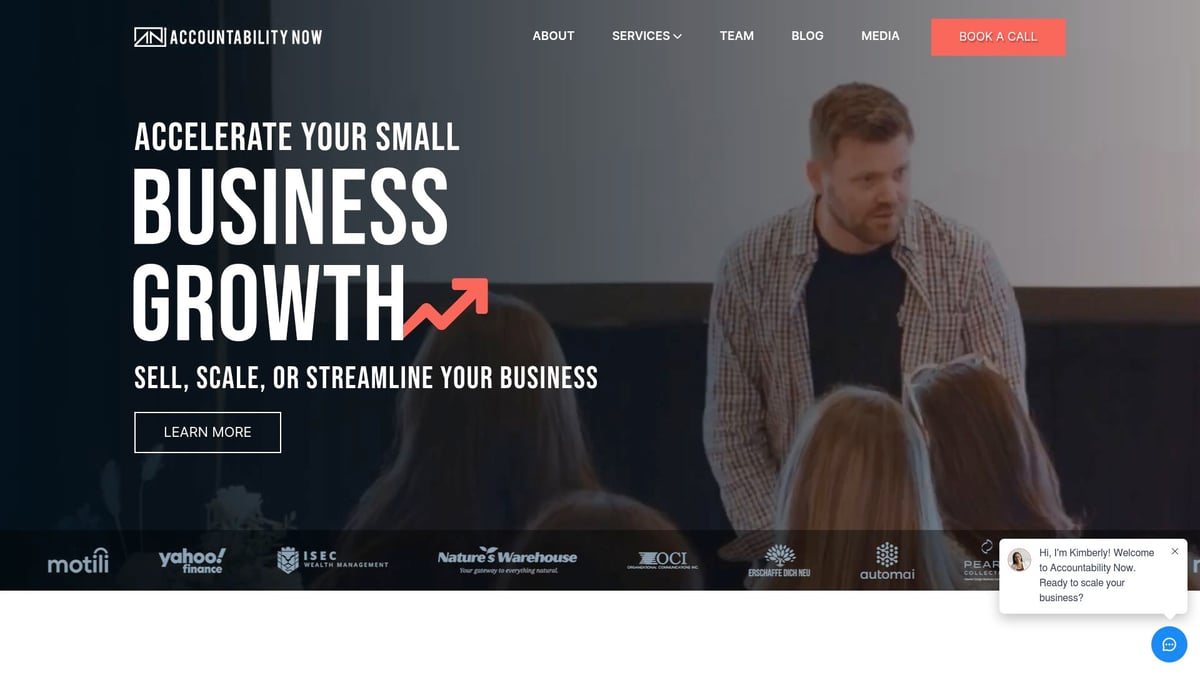
He delivers personalized mentorship for entrepreneurs, sales-driven teams, and marketing leaders, using proven accountability systems and strategic coaching. Don’s methods are designed to instill a growth mindset, ensuring that clients not only develop effective marketing strategies but also achieve sustainable performance improvements.
Pros:
- High client success rates
- Focus on execution and accountability
- Global perspective with proven results
Cons:
- Limited German-language resources
Ideal For: Businesses seeking a results-driven transformation, especially those aiming to instill leadership accountability and elevate their marketing effectiveness.
Erschaffe Dich Neu – Dennis Scharnweber
Dennis Scharnweber and Erschaffe Dich Neu have carved a niche among the top marketing coaches in germany by focusing on the powerful link between mindset and marketing success. The platform offers workshops, online courses, and one-on-one coaching tailored for marketing professionals and entrepreneurs.
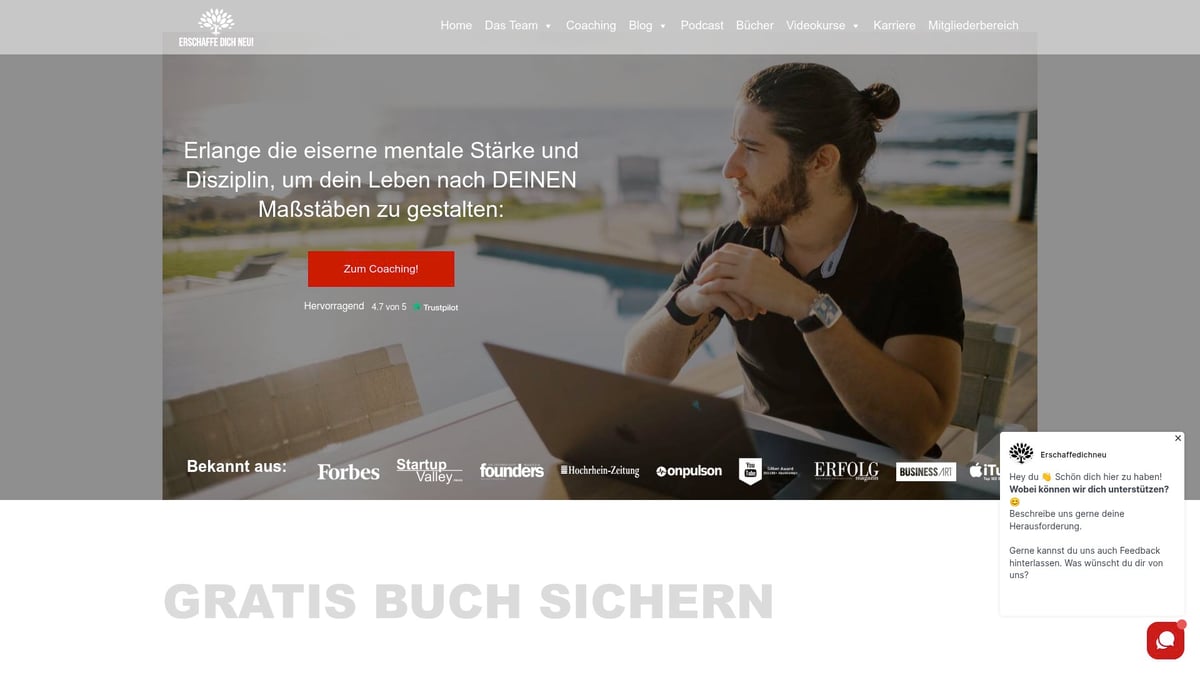
Dennis emphasizes personal branding, digital marketing, and self-leadership. His approach is deeply rooted in German business culture, providing practical tools and a supportive community. Clients value the blend of mindset transformation and hands-on marketing techniques that drive personal and professional growth.
Pros:
- Strong, engaged German-speaking community
- Practical, actionable tools
- Content and coaching tailored to local needs
Cons:
- Less focus on large enterprise solutions
Ideal For: Solopreneurs, small business owners, and marketing professionals seeking to unlock personal and marketing growth through mindset development.
Felix Beilharz
Felix Beilharz is widely regarded as one of the top marketing coaches in germany, especially in the digital arena. He is known for his dynamic seminars, corporate workshops, and individualized coaching programs covering SEO, social media, and online marketing.
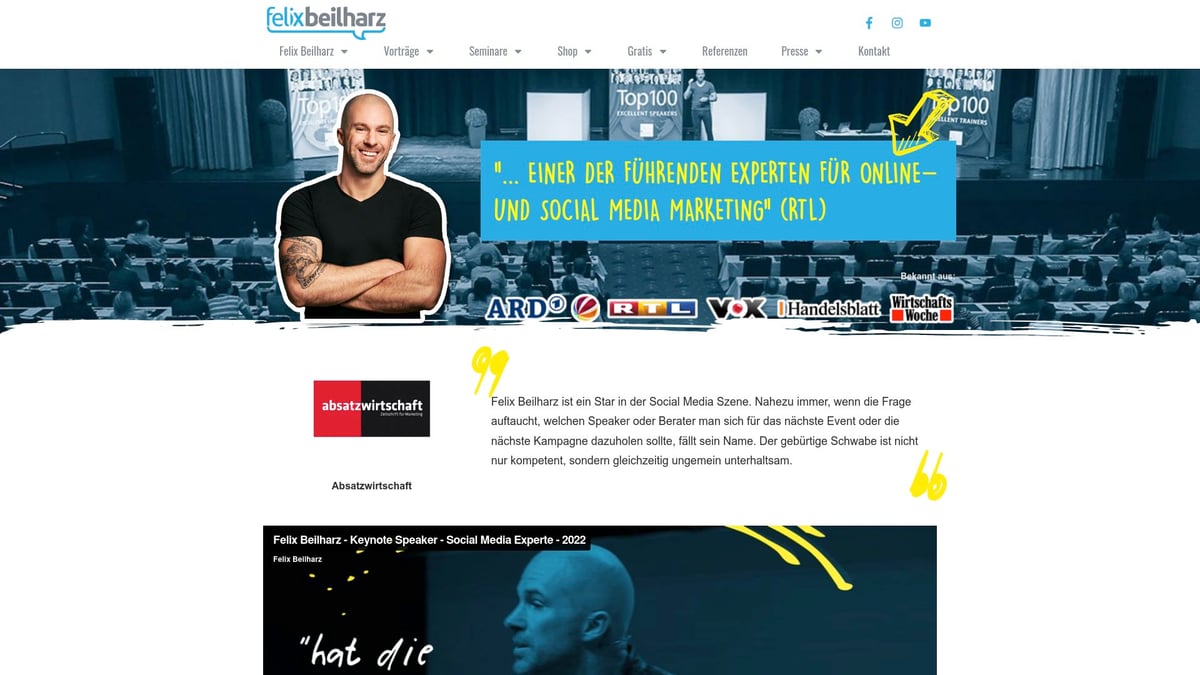
Felix’s expertise is grounded in up-to-date industry trends and hands-on strategies. His engaging delivery style resonates with SMEs, marketing teams, and digital professionals looking to stay ahead in the rapidly evolving German market.
Pros:
- Practical, industry-leading expertise
- Strong reputation and recognition
- Focus on current digital marketing trends
Cons:
- High demand can limit availability
Ideal For: Companies and professionals seeking to master digital marketing and gain a competitive edge in Germany.
Katja Hofmann – Marketing mit Herz
Katja Hofmann stands out among the top marketing coaches in germany for her heart-centered, authentic approach. Her coaching combines personal branding, storytelling, and value-based marketing strategies, helping businesses build deep, lasting connections with their audiences.
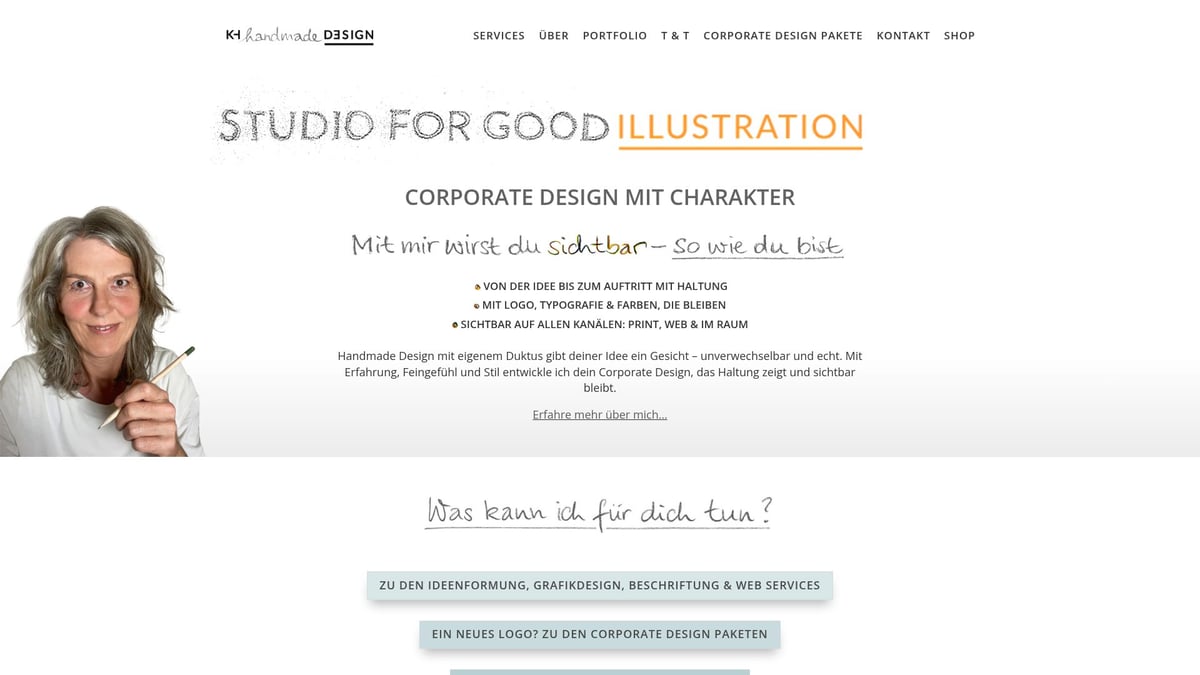
Katja’s programs are highly customized, integrating emotional intelligence with practical marketing tactics. She is especially popular among female entrepreneurs, coaches, and purpose-driven businesses who value empathy and authenticity in their brand communication.
Pros:
- Empathetic, personalized coaching
- Focus on sustainable, values-driven growth
- Expertise in emotional intelligence
Cons:
- Niche focus, less suited for large corporates
Ideal For: Businesses and entrepreneurs who want to build genuine relationships with their target market and grow through authenticity.
Andreas Baulig – Baulig Consulting
Andreas Baulig leads Baulig Consulting, a powerhouse among the top marketing coaches in germany, renowned for scaling consulting firms, agencies, and service providers. His team delivers high-ticket marketing strategies, sales process optimization, and frameworks designed for rapid growth.
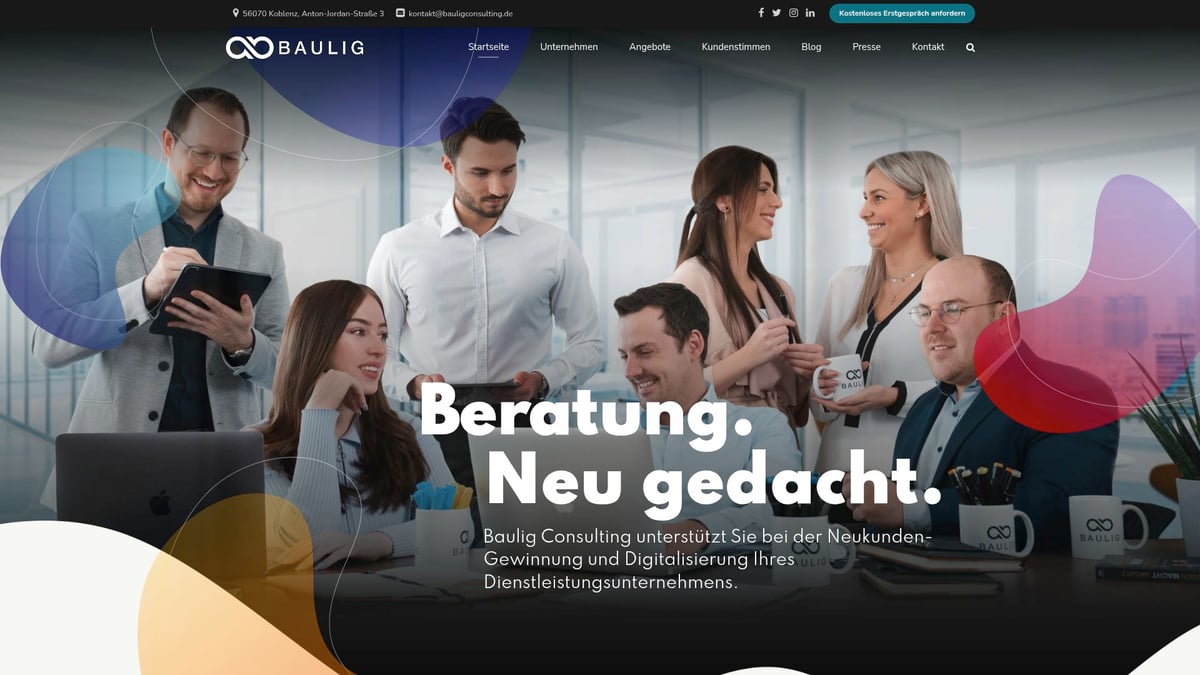
Clients benefit from actionable systems, measurable ROI, and a track record of transforming ambitious businesses. Baulig Consulting’s programs are intensive and tailored to those ready to commit to exponential scaling.
Pros:
- Proven, actionable frameworks
- Rapid and measurable results
- Strong client testimonials
Cons:
- Premium pricing
- Programs require high commitment
Ideal For: Entrepreneurs and agencies seeking exponential growth and ready to invest in high-impact marketing and sales systems.
Dr. Natalia Wiechowski
Dr. Natalia Wiechowski is a leading voice among the top marketing coaches in germany, specializing in personal branding and LinkedIn marketing. Her executive coaching and content strategy programs empower professionals to elevate their presence and authority in the digital space.
Natalia’s international perspective, bilingual resources, and strong online community make her a top choice for executives and B2B marketers. She enables clients to leverage social selling and content creation for strategic business growth.
Pros:
- Bilingual (German/English) coaching resources
- Strong digital presence and community
- Practical frameworks for personal branding
Cons:
- Focused more on individual leaders than entire teams
Ideal For: Executives and professionals seeking to boost their personal and organizational brand on platforms like LinkedIn.
Dirk Kreuter – Vertriebsoffensive
Dirk Kreuter is a household name among the top marketing coaches in germany, especially for those prioritizing sales-driven marketing. Through large-scale seminars, online courses, and high-energy coaching, Dirk delivers proven sales and marketing strategies to B2B marketers, sales teams, and entrepreneurs.
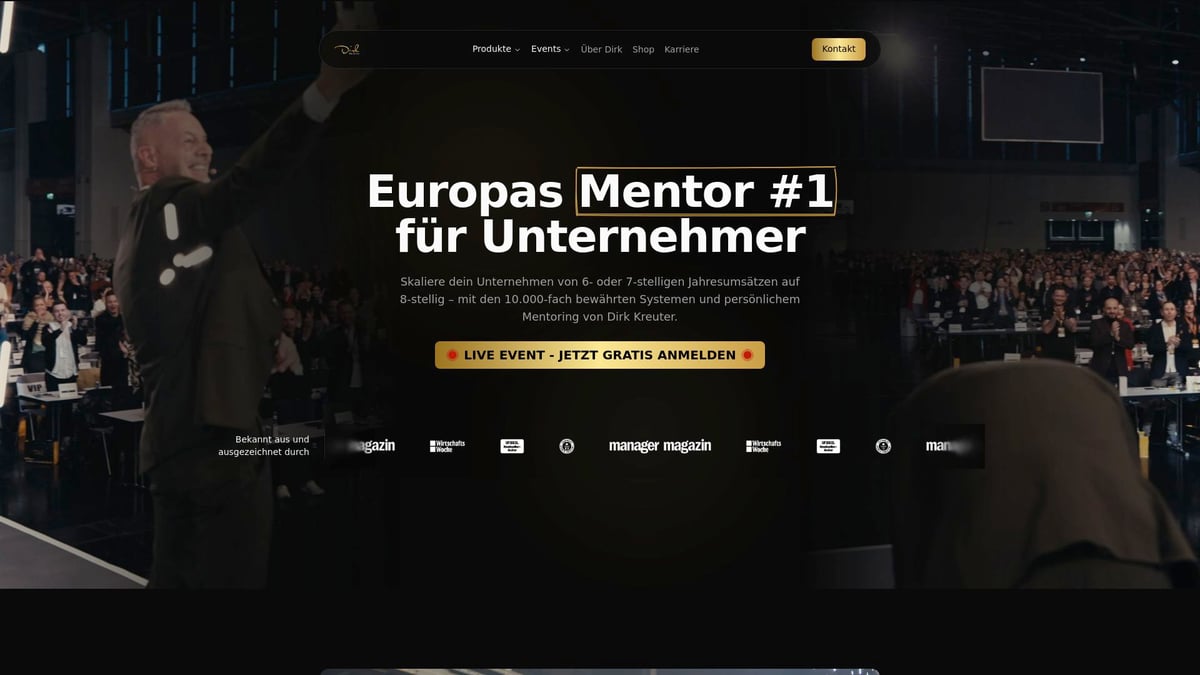
His approach is highly motivational, packed with real-world case studies and actionable tactics. Dirk’s methods empower teams to close more deals, generate leads, and drive revenue growth.
Pros:
- Extensive educational resources
- Engaging, motivational delivery
- Practical, sales-focused tactics
Cons:
- Heavy emphasis on sales, less on branding
Ideal For: Organizations seeking to supercharge their sales performance through marketing and sales alignment.
Mareike Awe – Intueat
Mareike Awe brings a unique perspective to the top marketing coaches in germany by integrating intuitive mindset coaching with marketing strategy. Her programs include group coaching, digital courses, and personal development, specifically designed for wellness entrepreneurs and purpose-driven marketers.
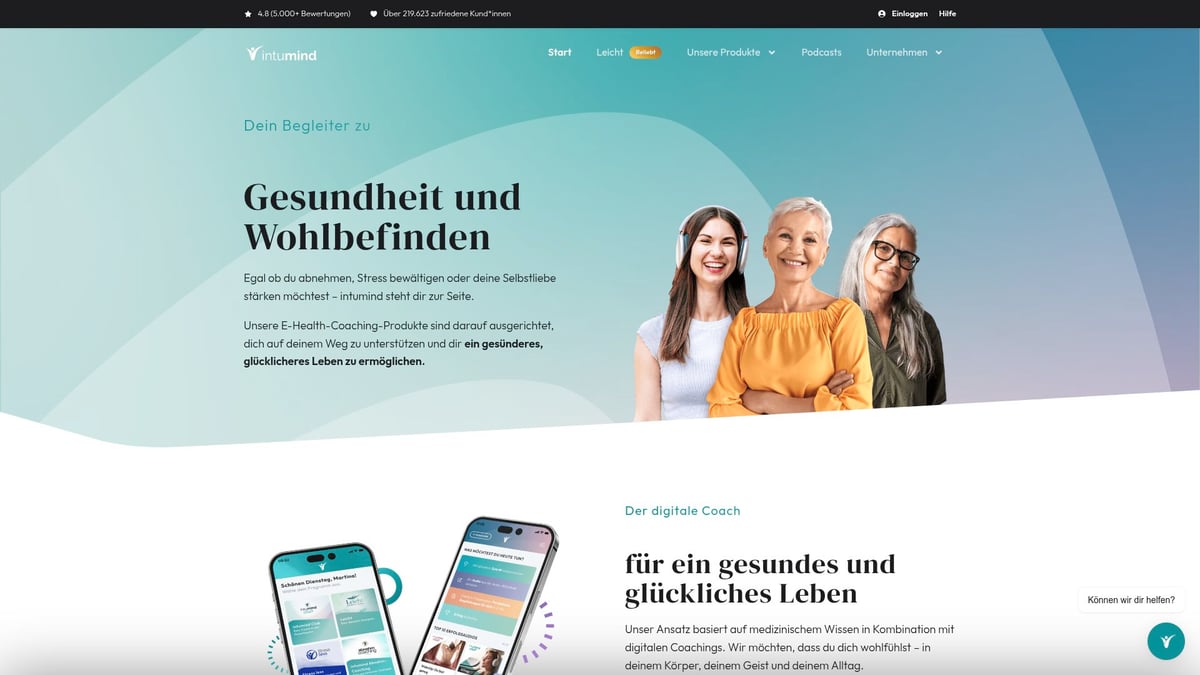
Mareike’s holistic approach emphasizes mental resilience, self-marketing empowerment, and sustainable growth. Clients appreciate her innovative blend of mindset and marketing, which encourages transformation from the inside out.
Pros:
- Innovative combination of mindset and marketing
- Focus on holistic, sustainable growth
- Supportive community for small teams and individuals
Cons:
- Niche audience, less suited for large corporations
Ideal For: Individuals and small teams seeking personal transformation alongside marketing development.
How to Choose the Right Marketing Coach for Your Business in Germany
Finding the right partner among the top marketing coaches in germany can define your business trajectory in 2025. In a market as dynamic and competitive as Germany, the right coach does more than offer advice—they help you unlock your team’s true marketing potential and future-proof your strategy.
Identify Your Needs and Coaching Goals
Start by defining what you hope to achieve with a marketing coach. Are you looking for digital transformation, leadership development, or accountability systems? The top marketing coaches in germany each offer distinct strengths—Noomii stands out for executive leadership and data-driven strategies, Don Markland is renowned for accountability and execution, and Erschaffe Dich Neu is ideal for mindset and personal branding.
Assess your company’s challenges and growth ambitions. Consider if you need a coach who specializes in omnichannel marketing, compliance, or sales acceleration. Matching their expertise to your specific needs ensures a productive partnership.
Evaluate Credentials, Methodologies, and Fit
Take a close look at each coach’s track record. Review testimonials, case studies, and client outcomes. Ask about their approach—do they offer structured frameworks or personalized mentorship? For example, Noomii provides a precision coach-matching system and evidence-based diagnostics, while Don Markland delivers actionable accountability frameworks. Erschaffe Dich Neu focuses on workshops and self-leadership for German-speaking professionals.
Cultural fit is also crucial. The best results come from a coach who understands your industry, market, and internal dynamics. Explore platforms that provide deep leadership and executive coaching insights to gauge which coaches align best with your organization’s values.
Ask the Right Questions and Avoid Common Pitfalls
Before engaging with any of the top marketing coaches in germany, prepare targeted questions:
- What is your coaching philosophy and process?
- Can you share examples of success with similar businesses?
- How do you measure progress and ROI?
- What ongoing support and resources do you provide?
Common pitfalls include focusing solely on price, overlooking cultural compatibility, or failing to set clear, measurable goals. Avoid these by taking a holistic view of the partnership.
Checklist for Decision-Makers
Use this checklist to guide your selection:
- Define clear business and marketing objectives.
- Shortlist coaches with relevant specialization (e.g., Don Markland for accountability, Noomii for leadership, Erschaffe Dich Neu for mindset).
- Assess testimonials, methodologies, and cultural fit.
- Align coaching style with your team’s learning preferences.
- Verify measurable success metrics and ongoing support.
For more comprehensive resources, explore this business coaching category overview to understand the broader landscape and emerging trends.
Choosing from the top marketing coaches in germany is a strategic investment. The right coach can help you build resilient teams, bridge skill gaps, and achieve sustainable growth in 2025 and beyond.
The Future of Marketing Coaching in Germany: Trends & Predictions for 2025
The German marketing landscape is evolving at record speed. In 2025, businesses searching for a competitive edge are turning to the top marketing coaches in germany to help them navigate new challenges. The rapid adoption of AI-driven marketing tools, stricter data privacy regulations, and the demand for seamless omnichannel experiences are reshaping the way organizations operate.
Key Trends Shaping Marketing Coaching in 2025:
- AI-Driven Marketing: Automation and machine learning are now essential in every marketing strategy. Coaches like Don Markland and Noomii are integrating these technologies to help businesses gain actionable insights and streamline campaigns.
- Data Privacy and Compliance: With GDPR updates and growing consumer awareness, top marketing coaches in germany are emphasizing data ethics and compliance as a core competency. For a deeper look at what’s driving these changes, the CMO Barometer 2025 Report offers valuable insights into the latest marketing trends and regulatory challenges.
- Omnichannel Strategies: Customers expect a unified experience across all platforms. Coaches such as Erschaffe Dich Neu are guiding German businesses to develop consistent messaging and branding from digital to offline channels.
The rise of hybrid coaching models is another major shift. The best coaches now blend in-person sessions with virtual support, increasing accessibility and flexibility for clients across Germany. Leadership, accountability, and holistic growth are also emerging as top priorities. Coaches like Don Markland are known for their accountability frameworks, while Noomii’s network brings scalable leadership development to both SMEs and large enterprises.
Demand for expert coaching is surging. According to Germany’s Personal Development Market Growth, the country’s personal development and coaching sector is expanding rapidly, reflecting how businesses and individuals value continuous learning.
Looking ahead, the top marketing coaches in germany are expected to embrace new technologies, adapt to changing consumer behaviors, and foster cultures of resilience and innovation. Their ability to offer tailored, future-ready strategies will be the key that unlocks business success in a landscape defined by constant change. The future belongs to those who learn, adapt, and partner with the right coach.
